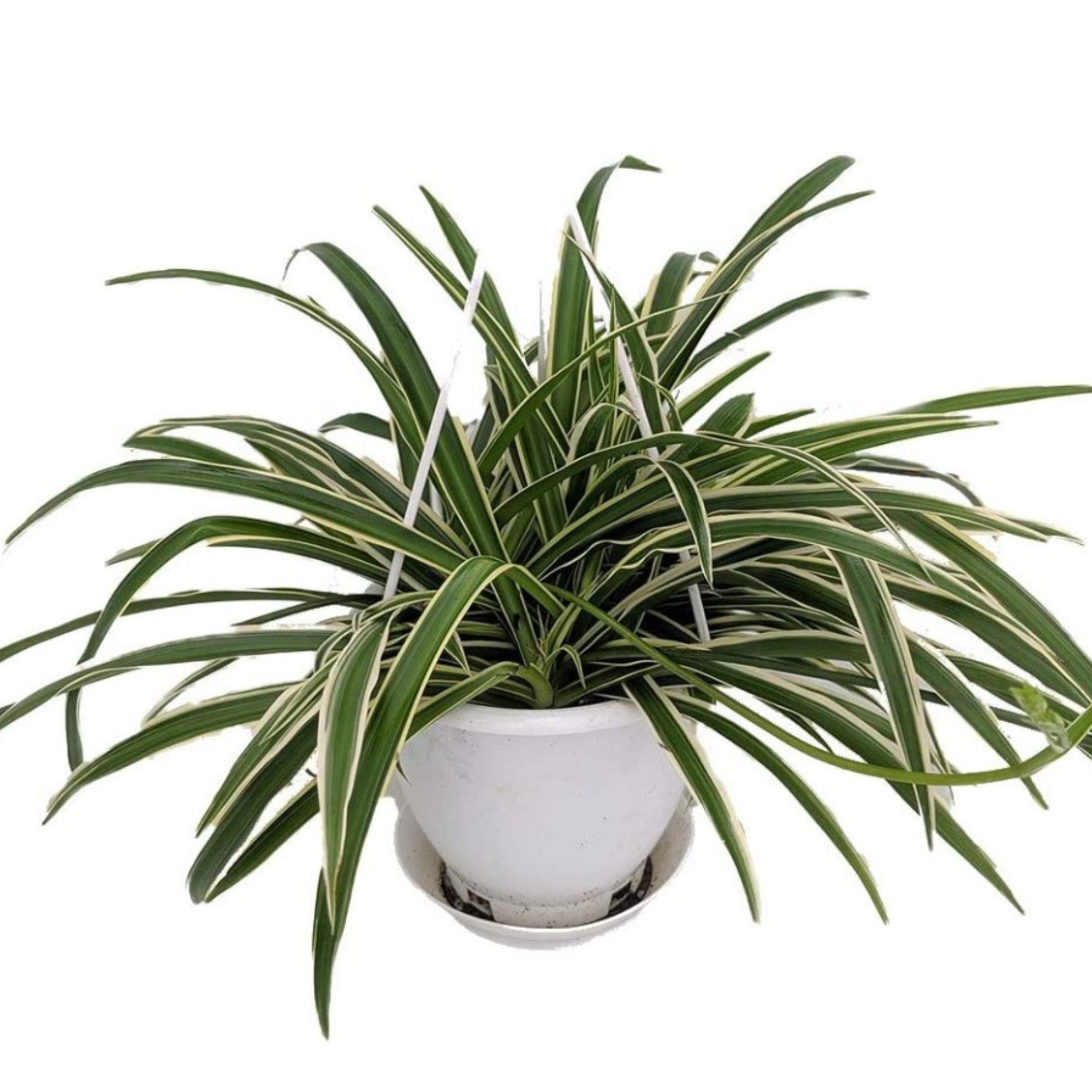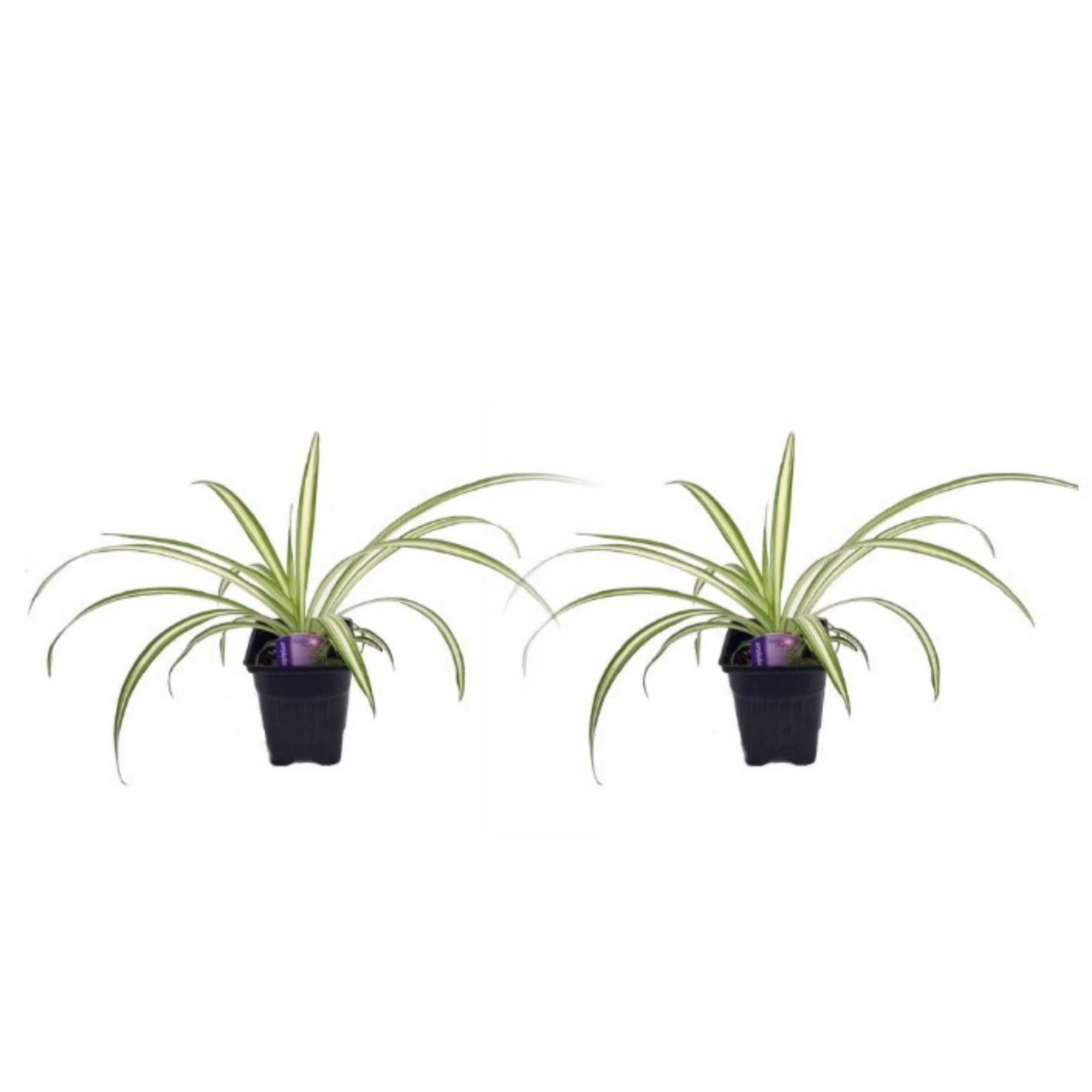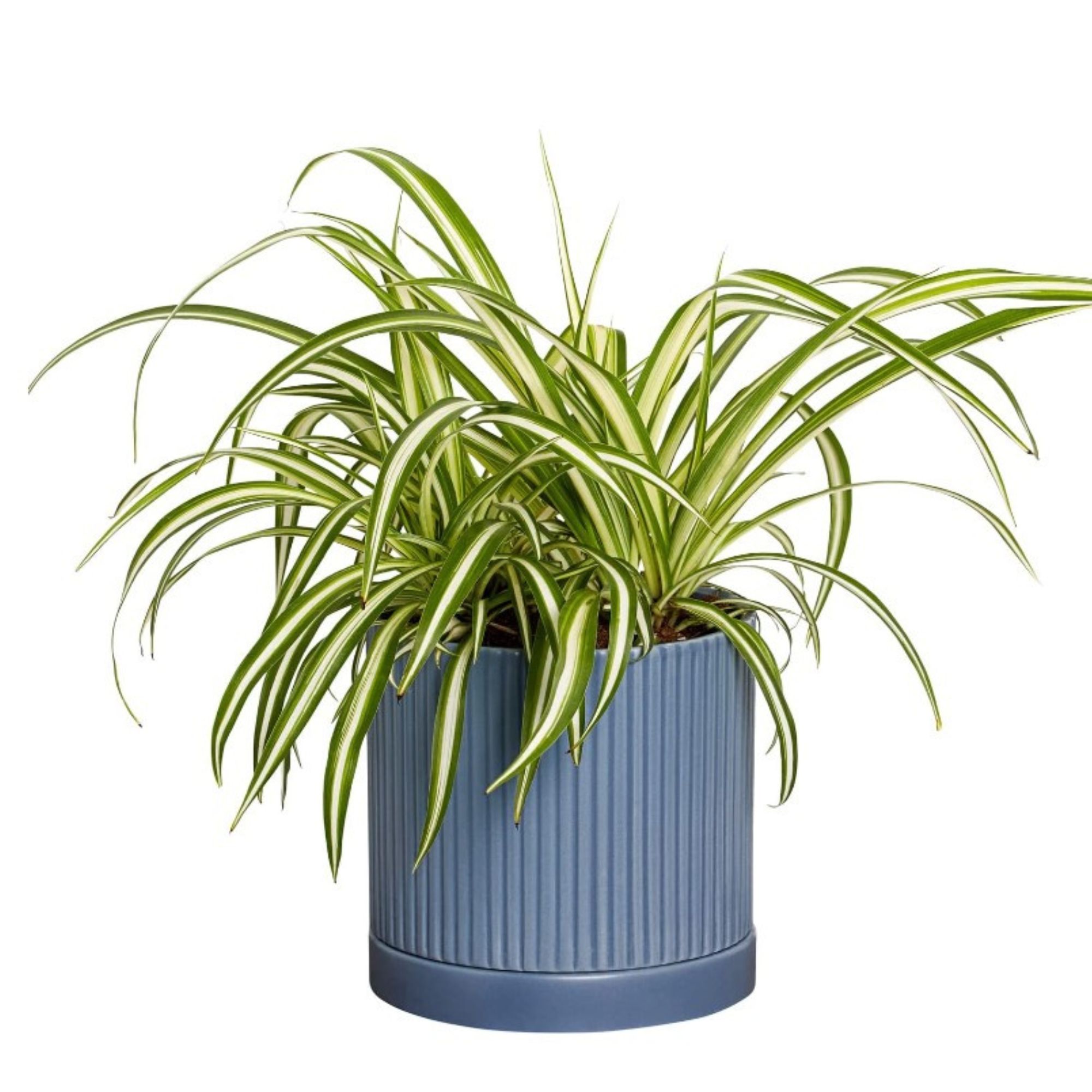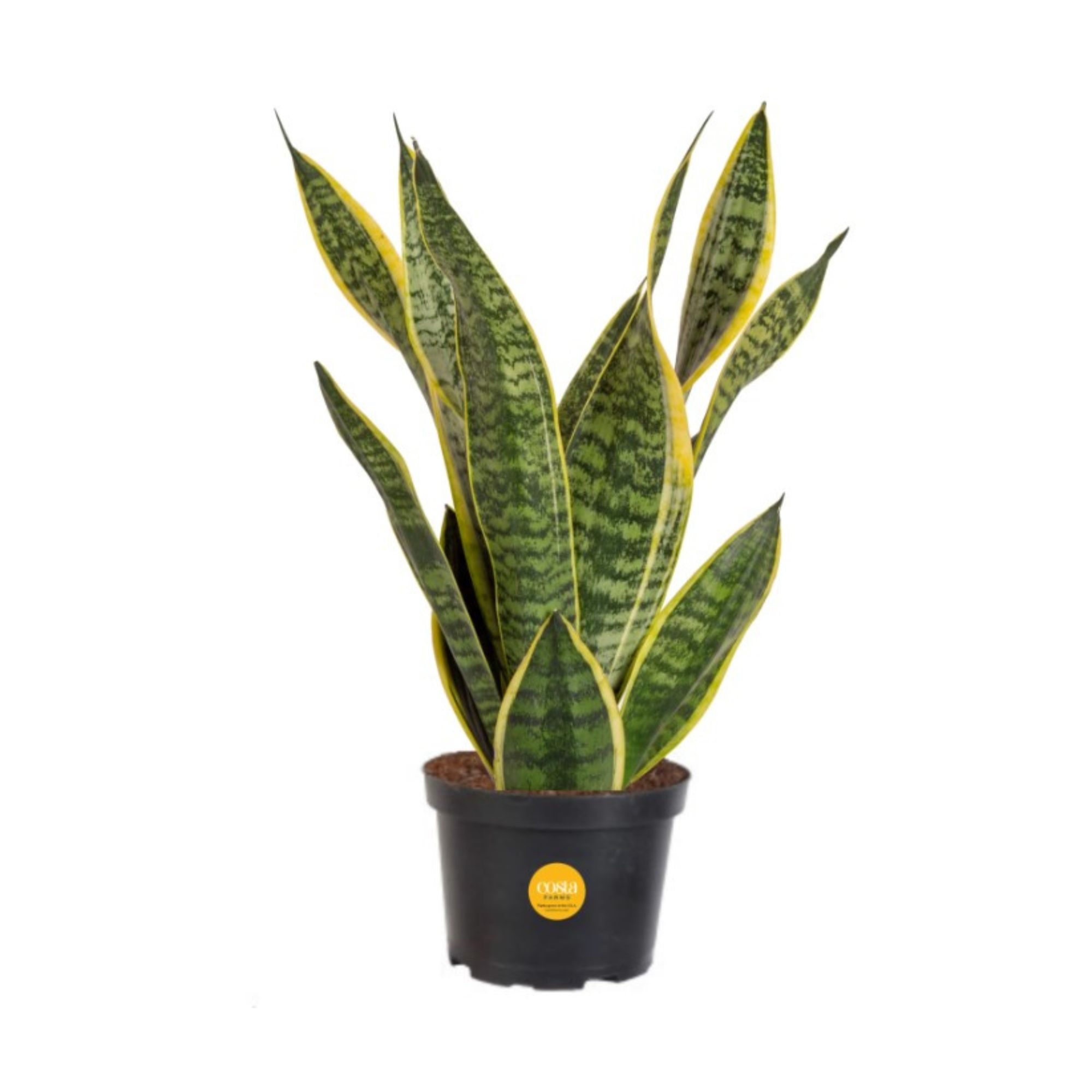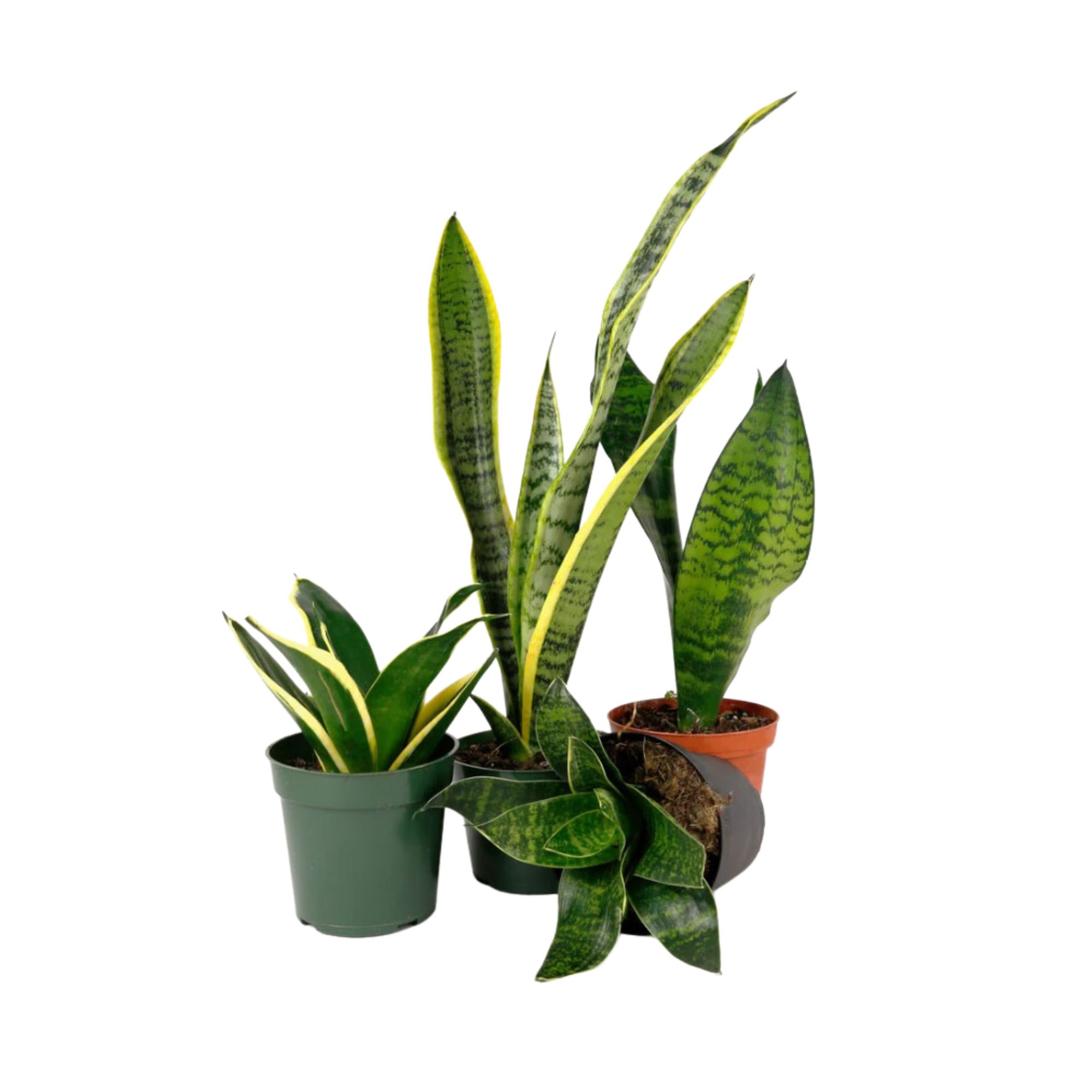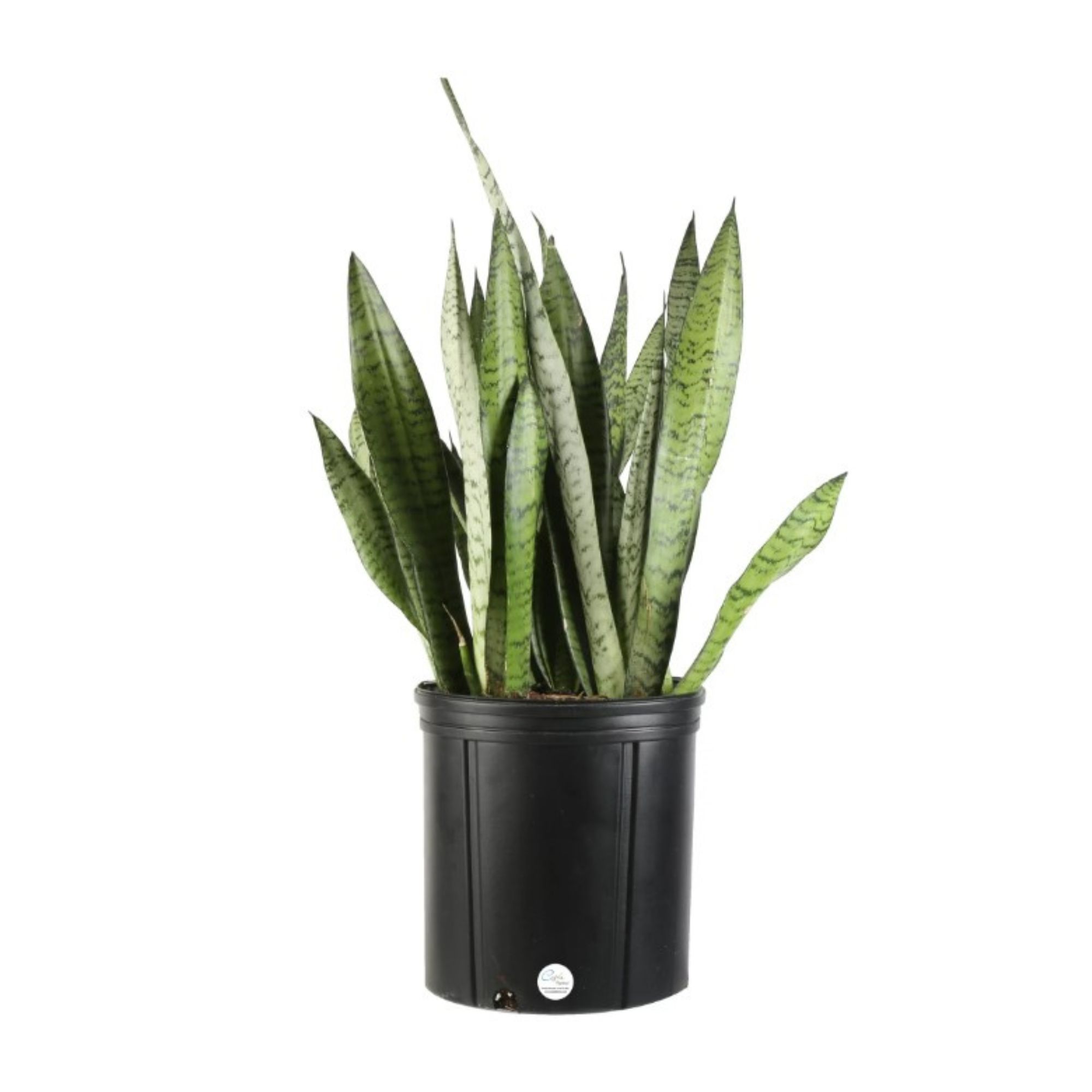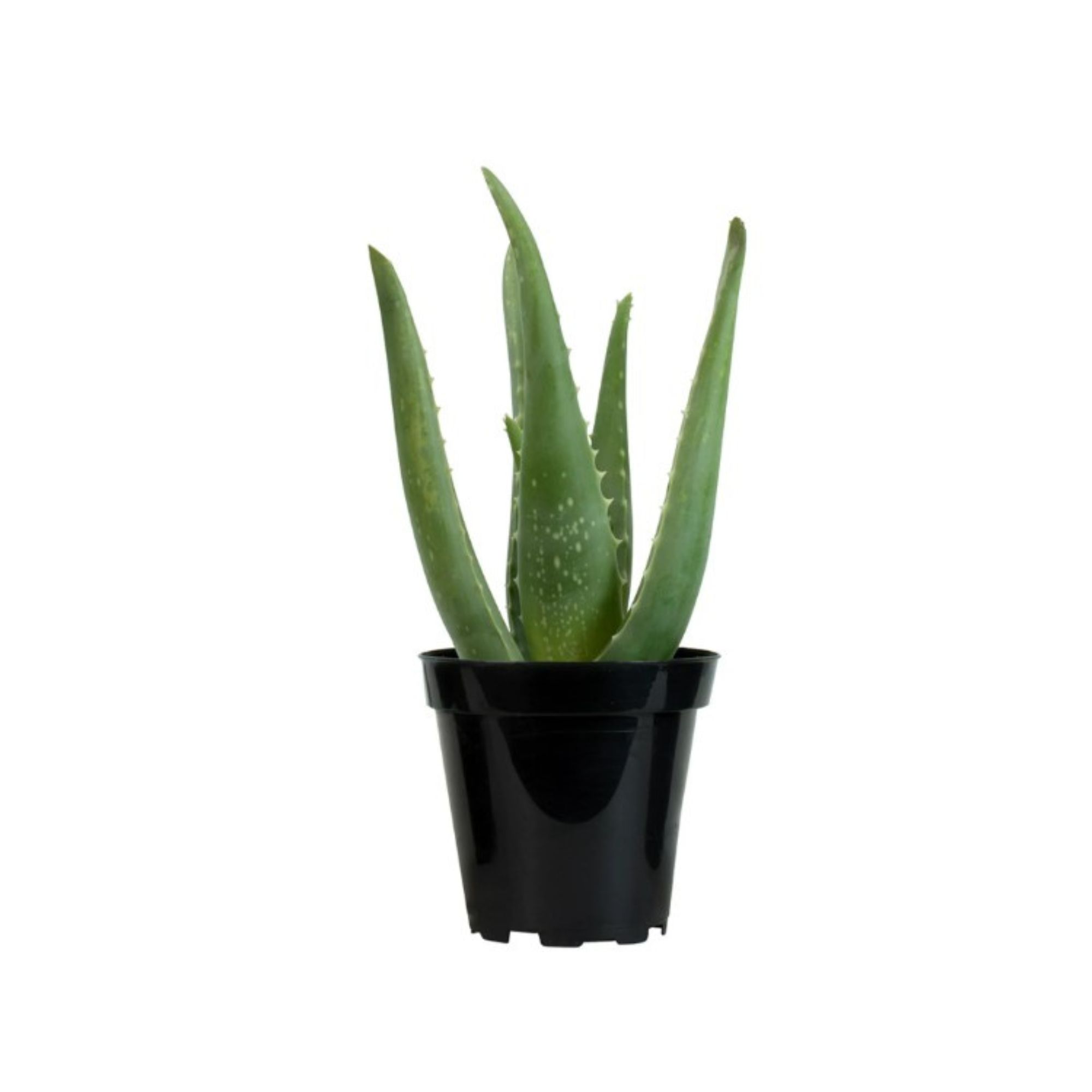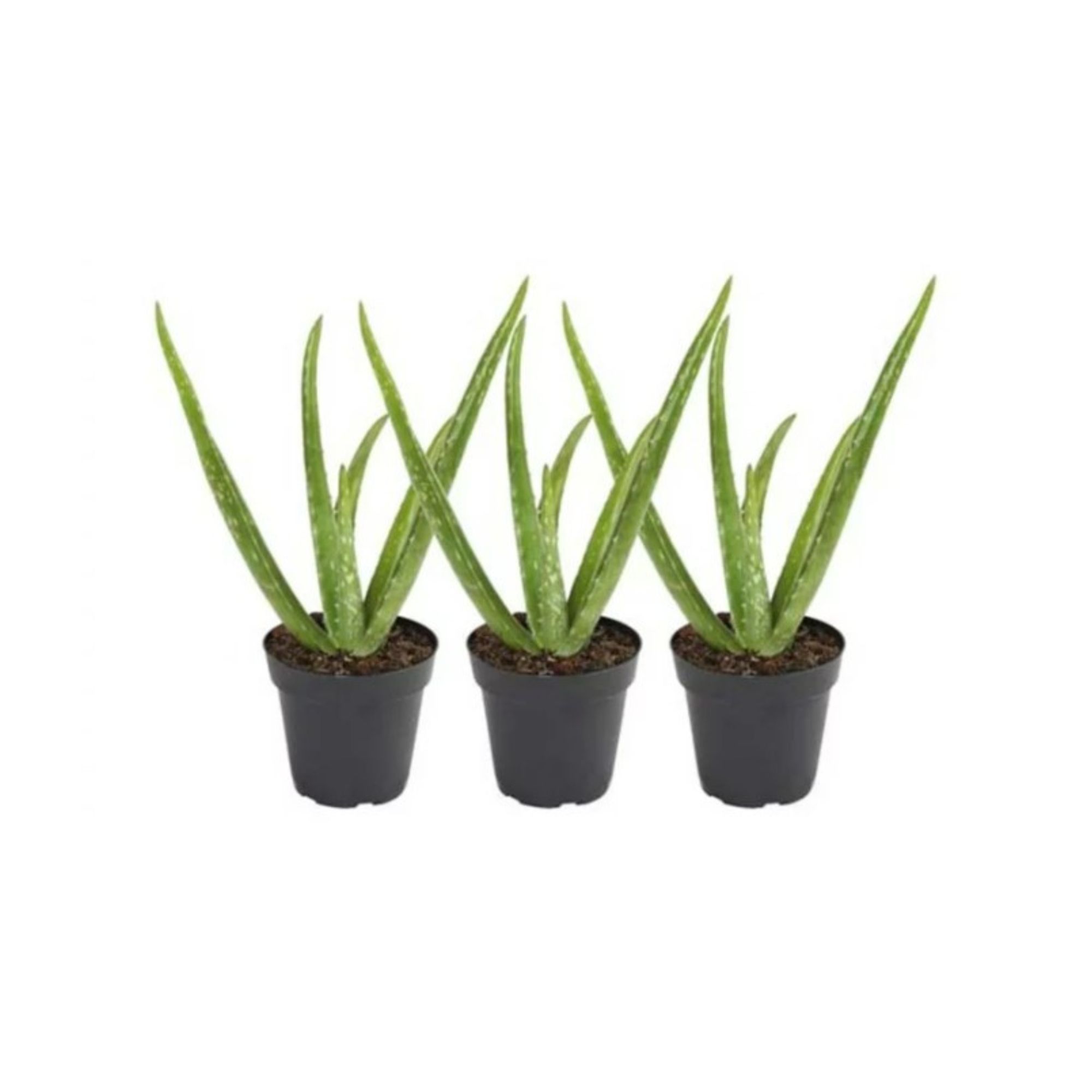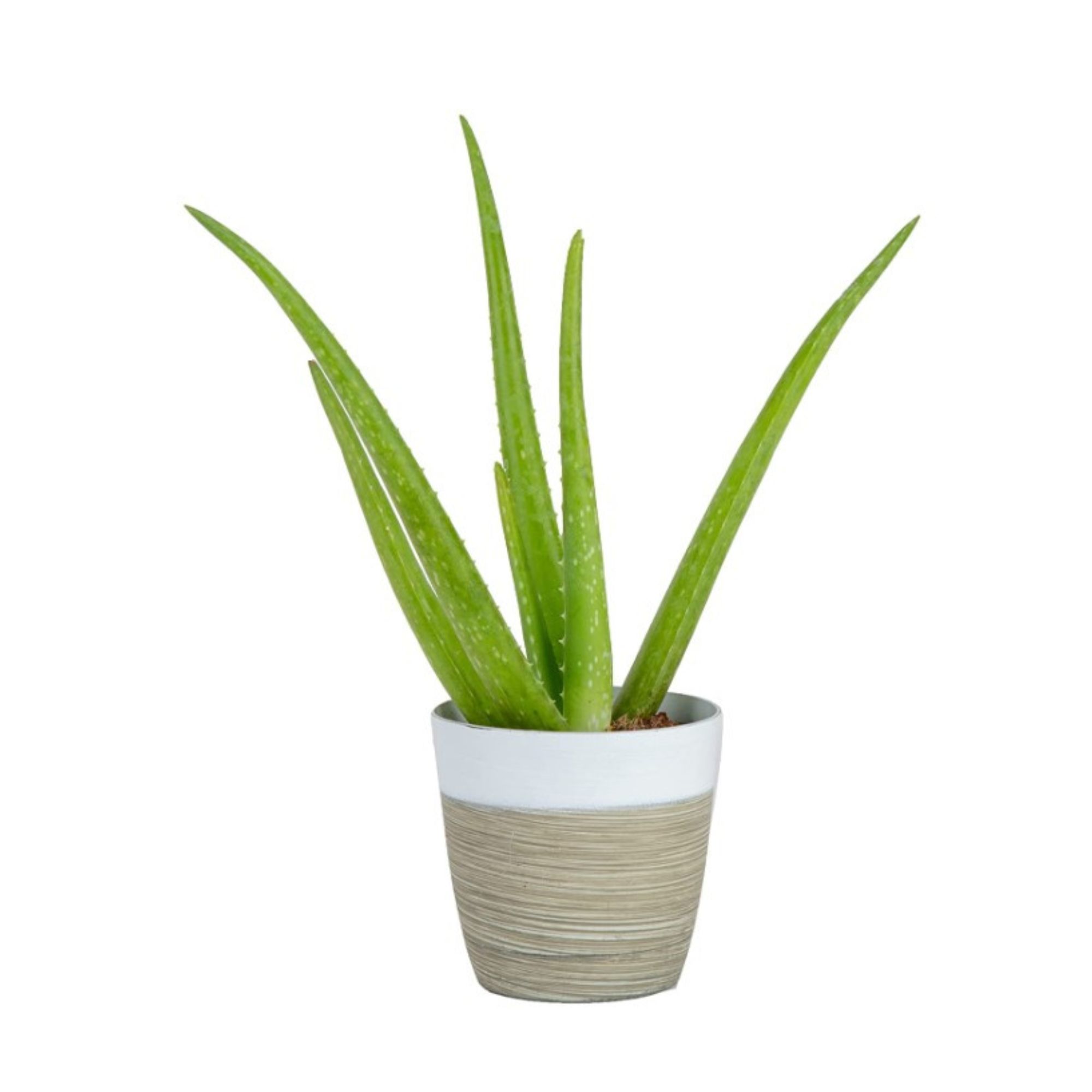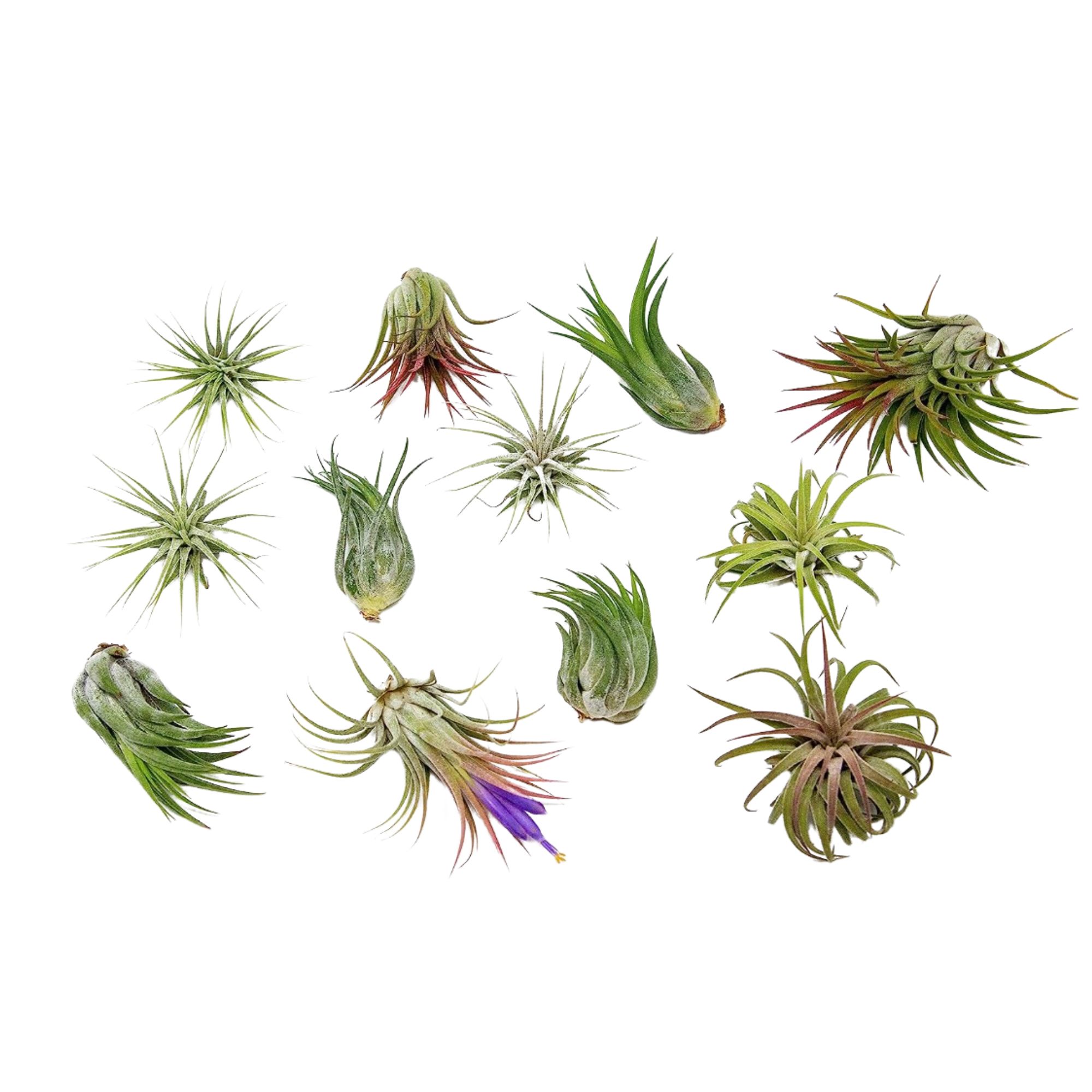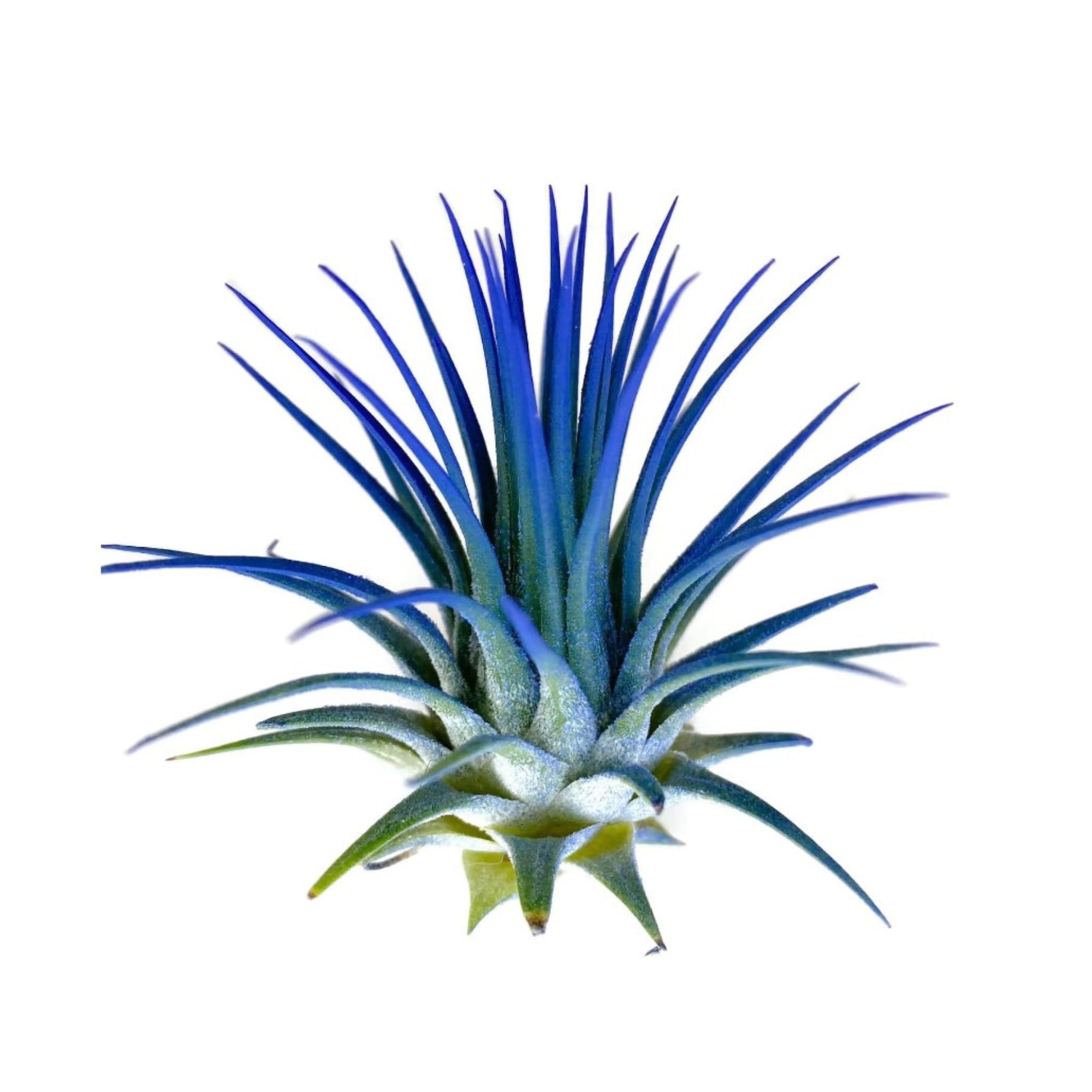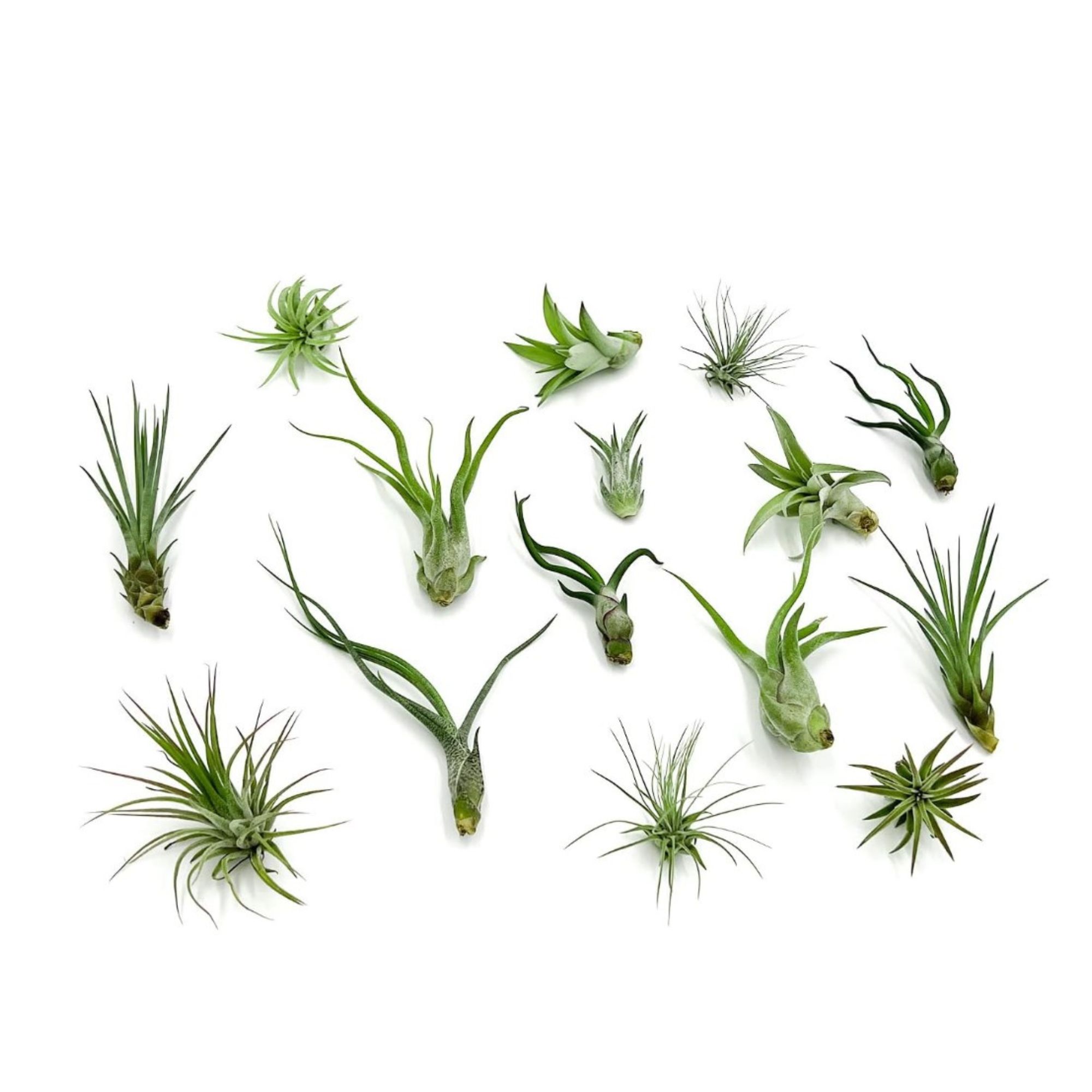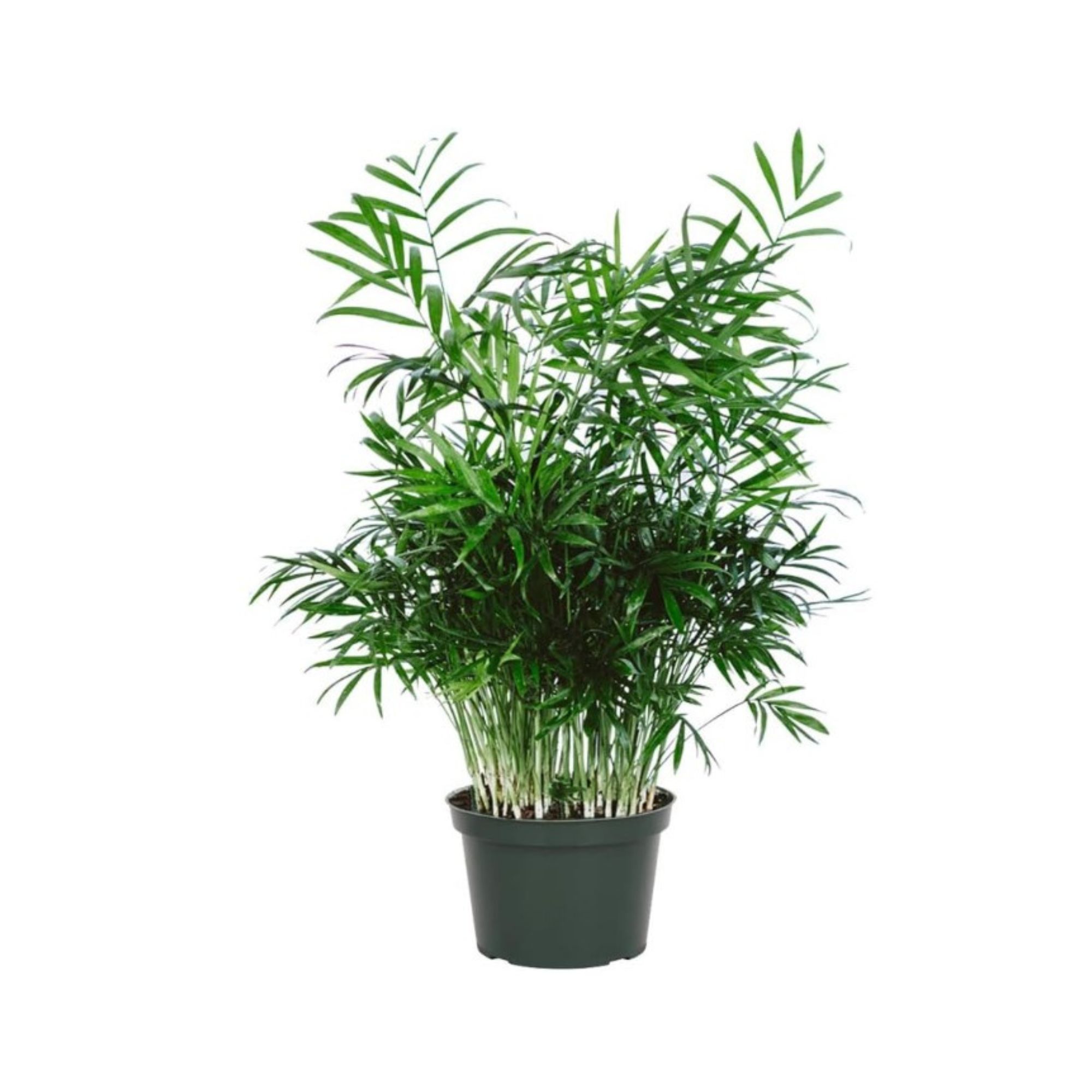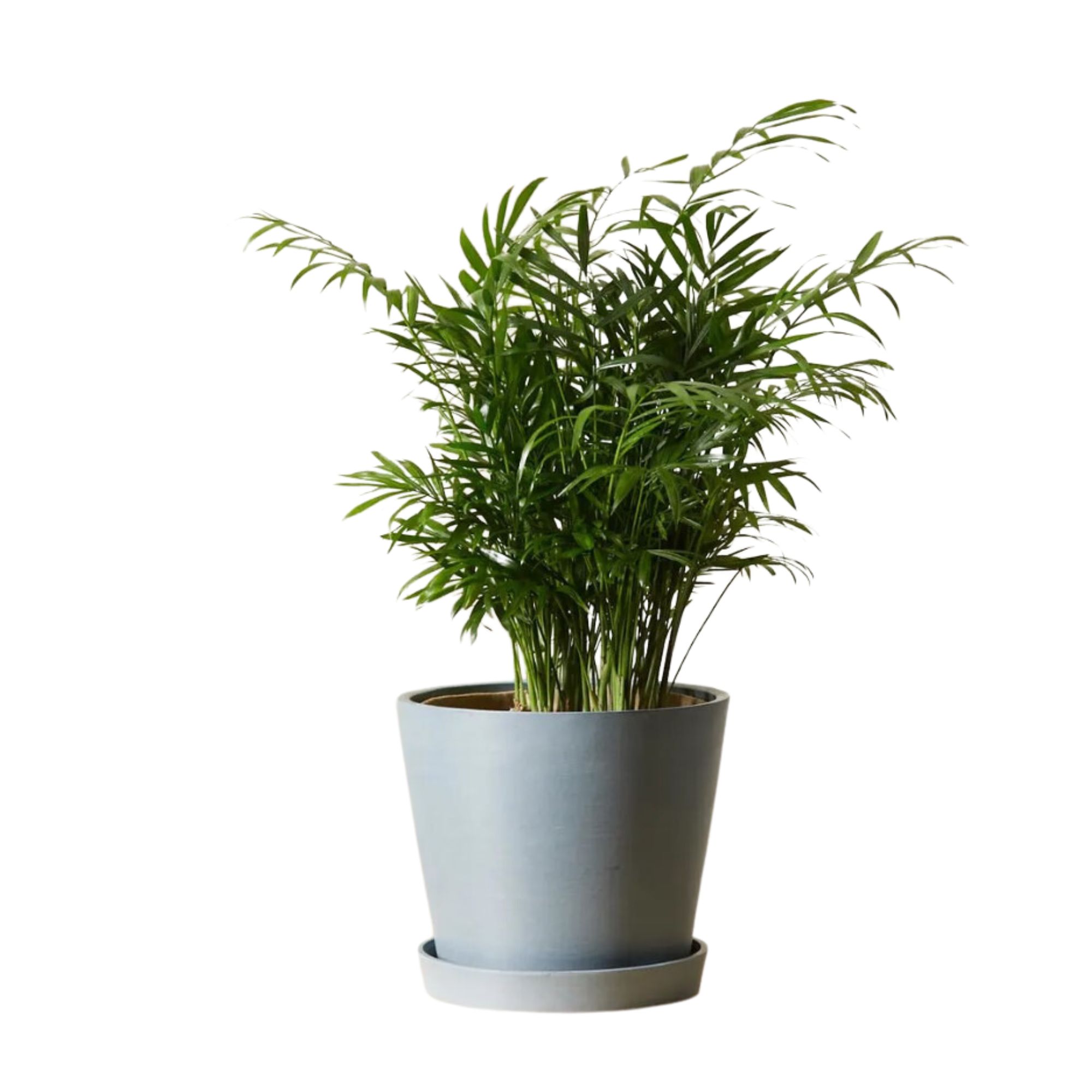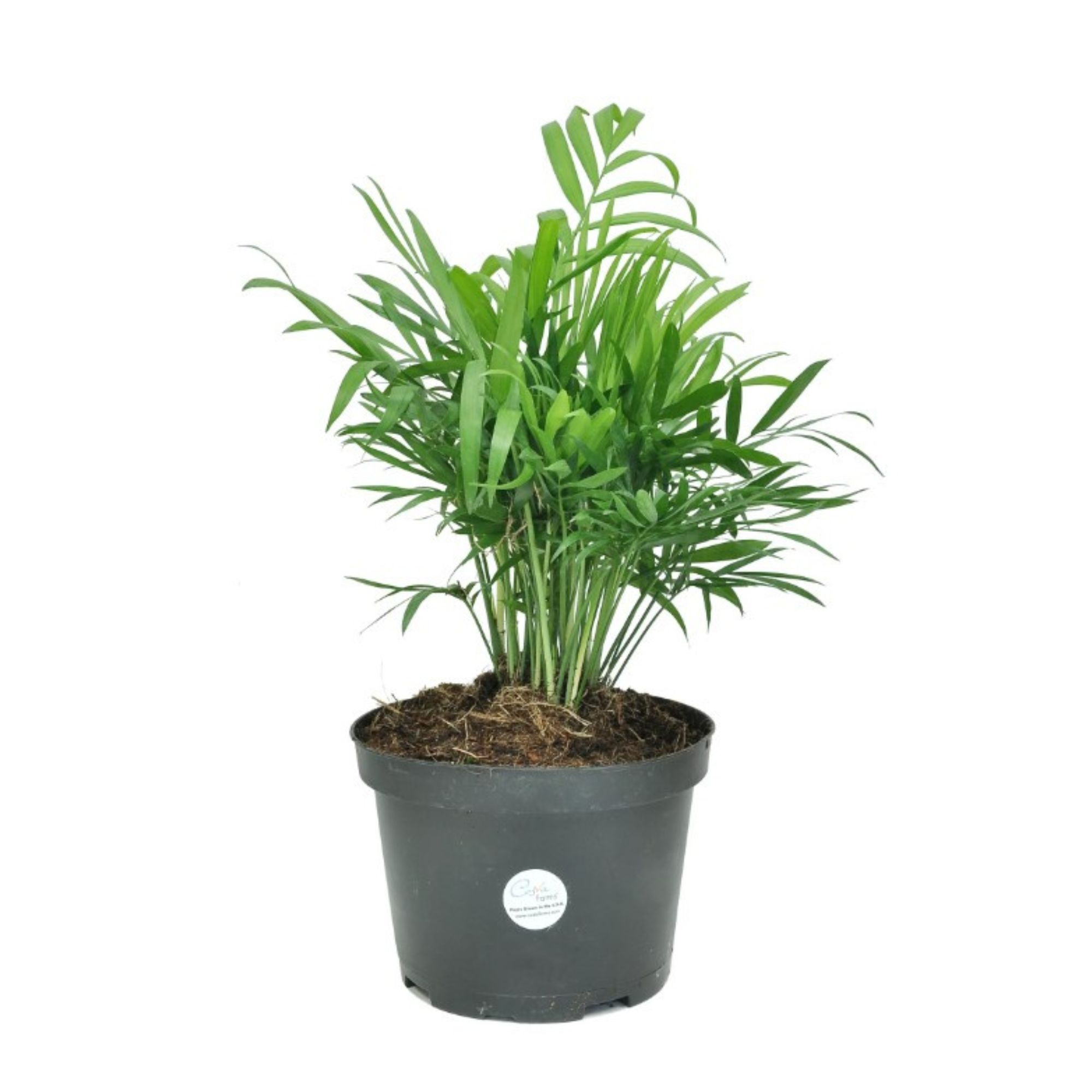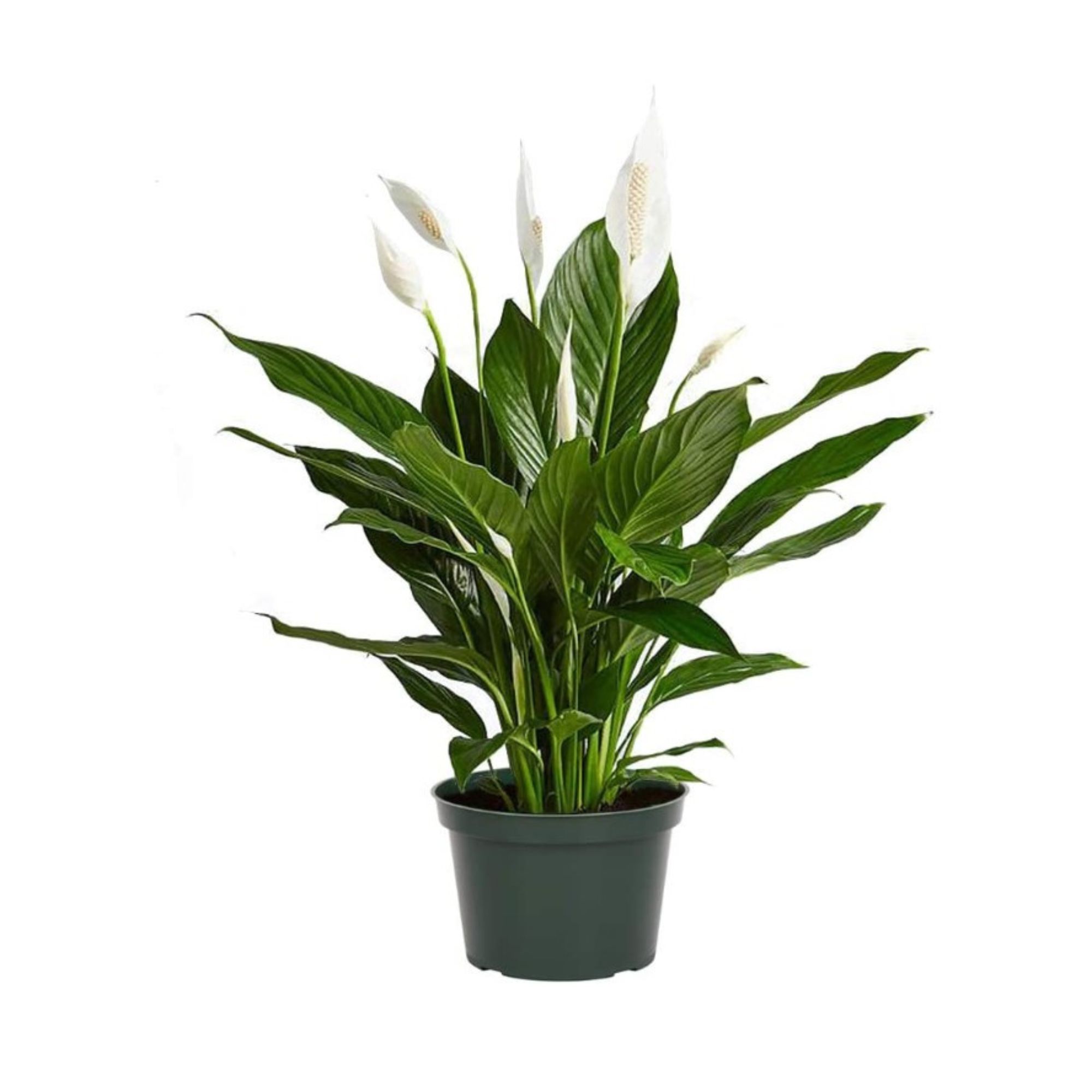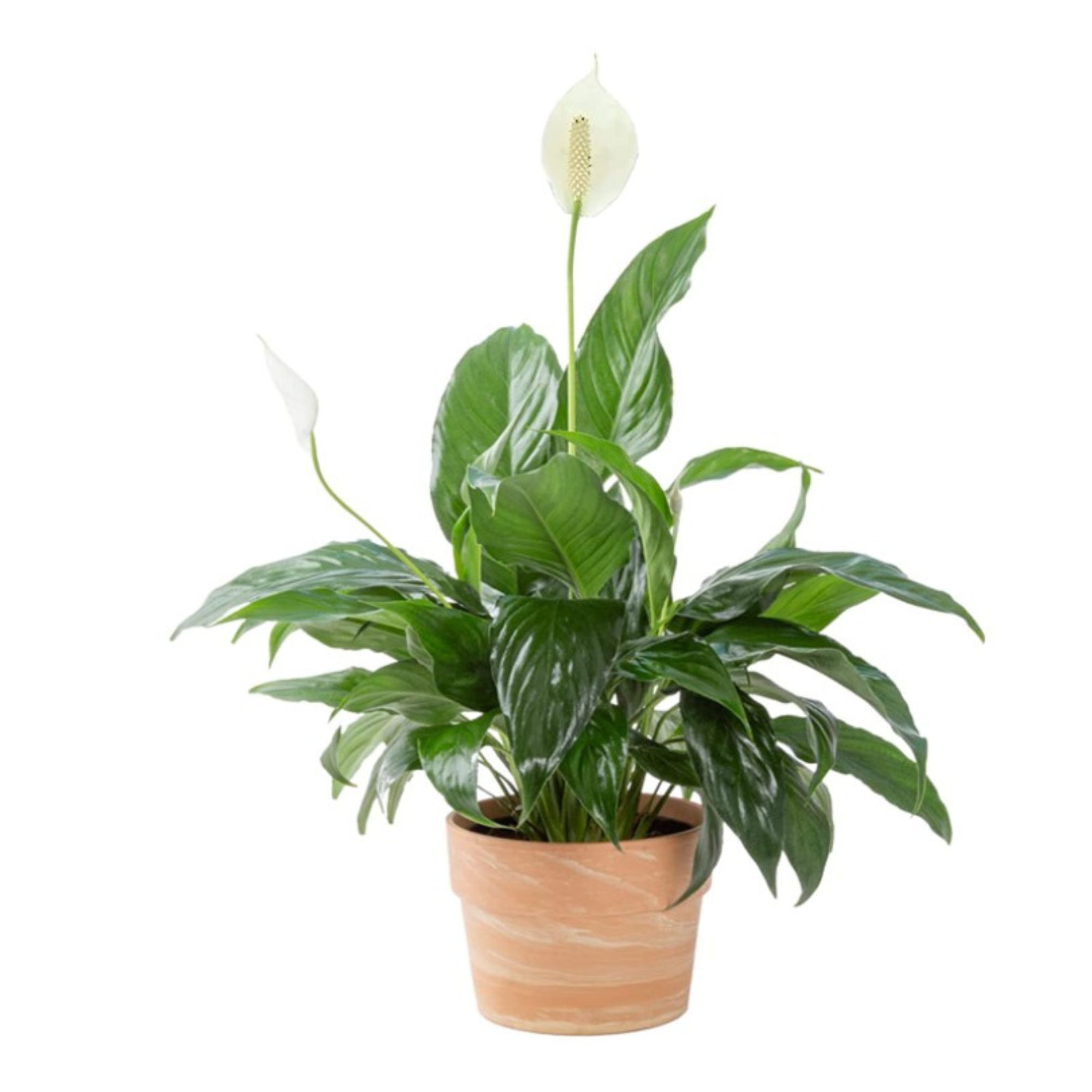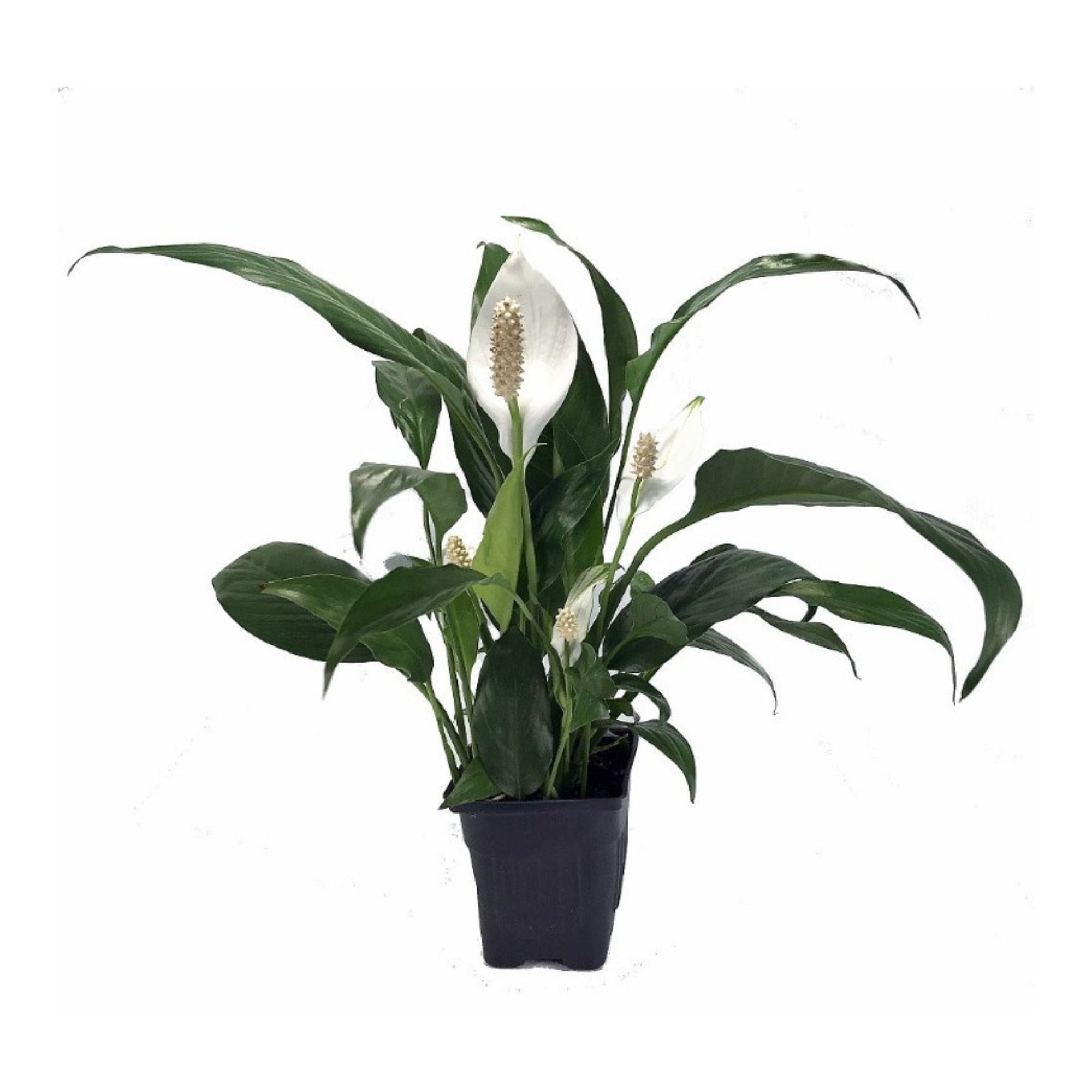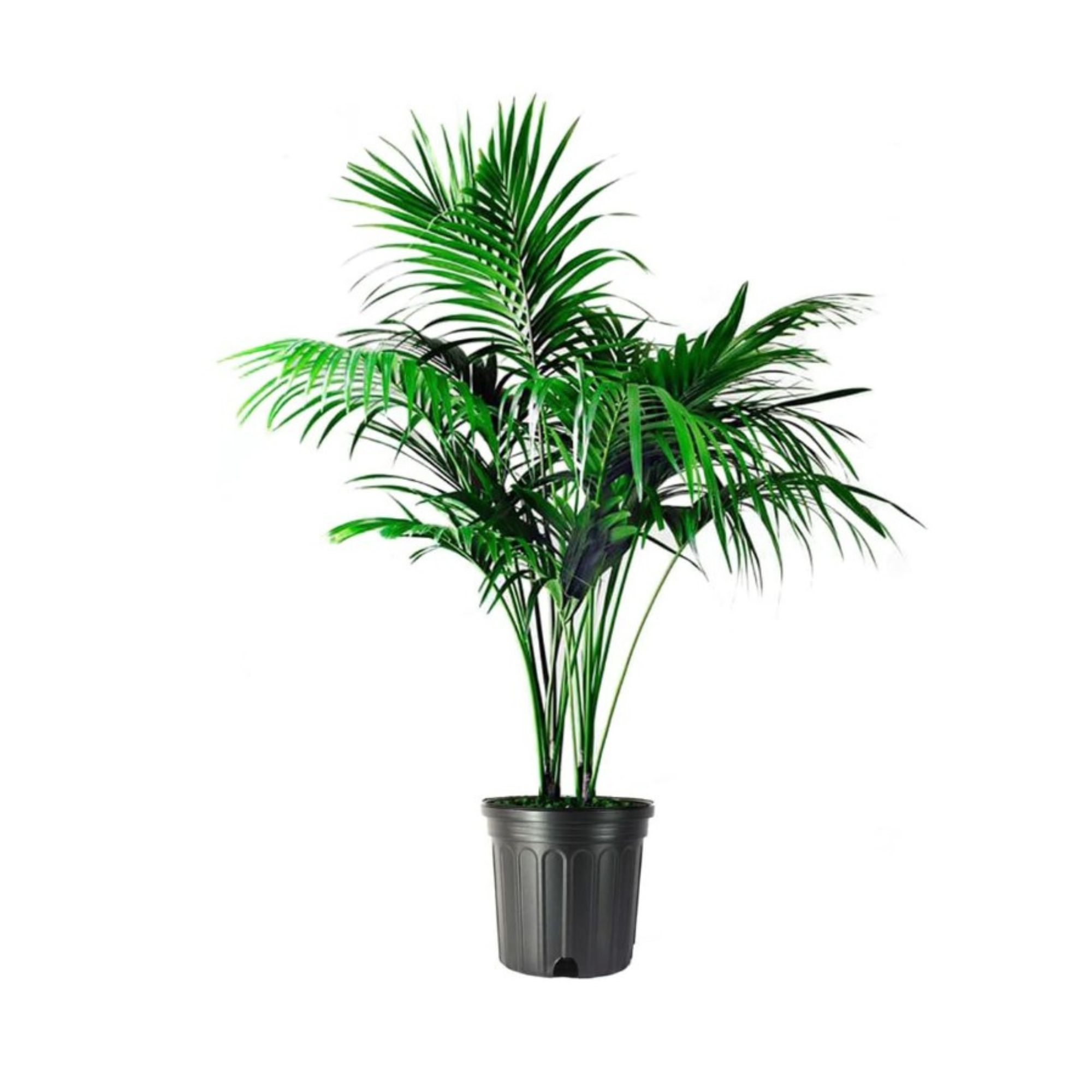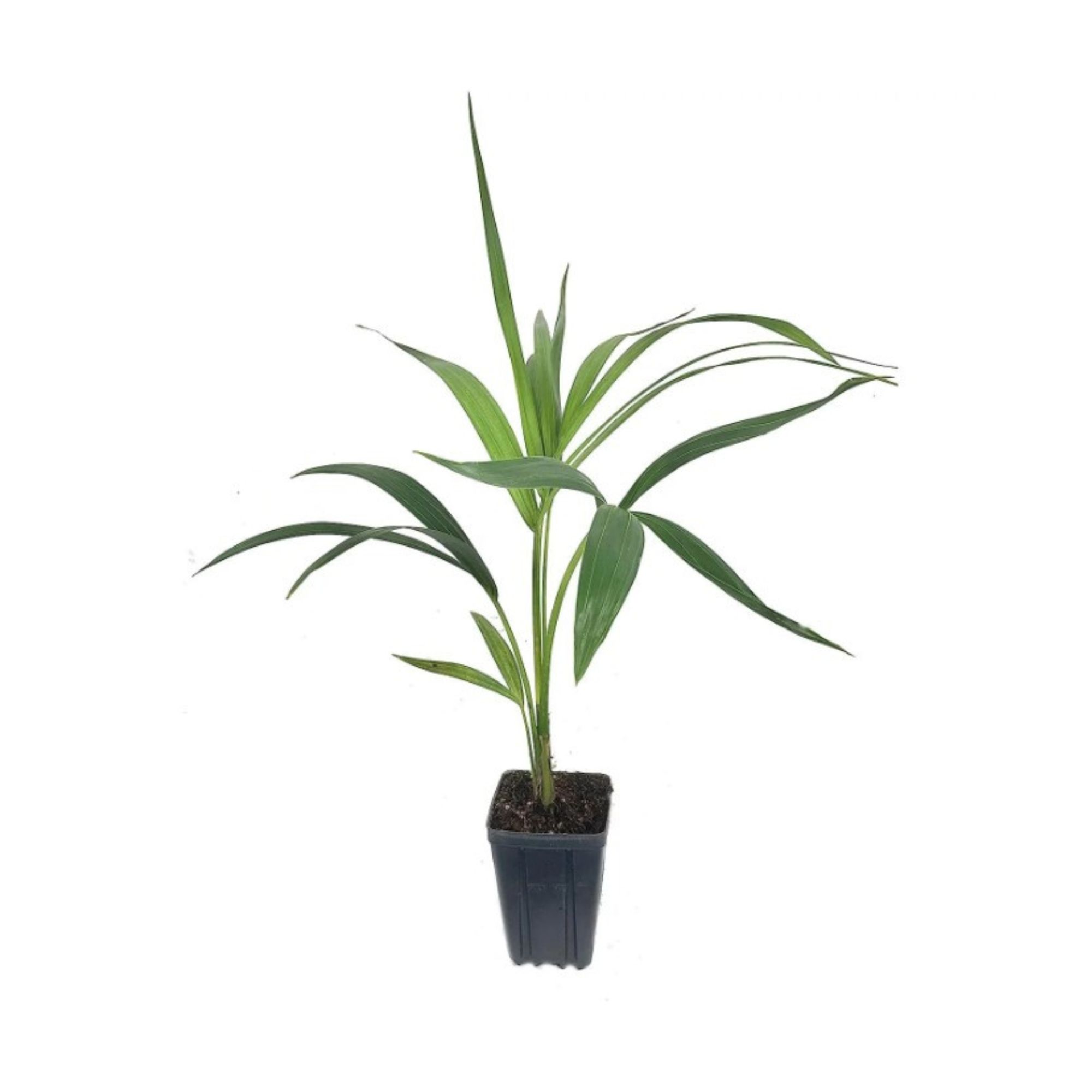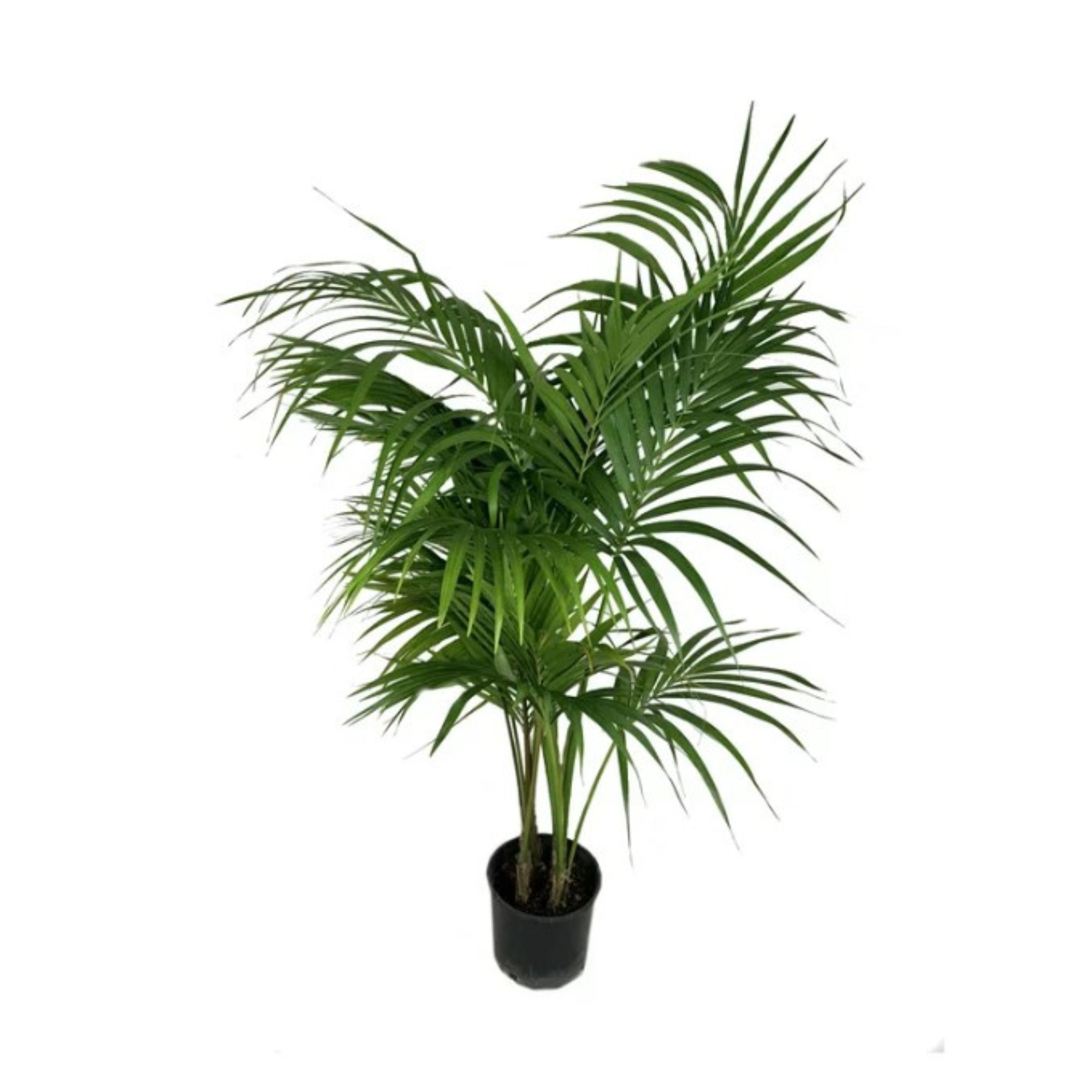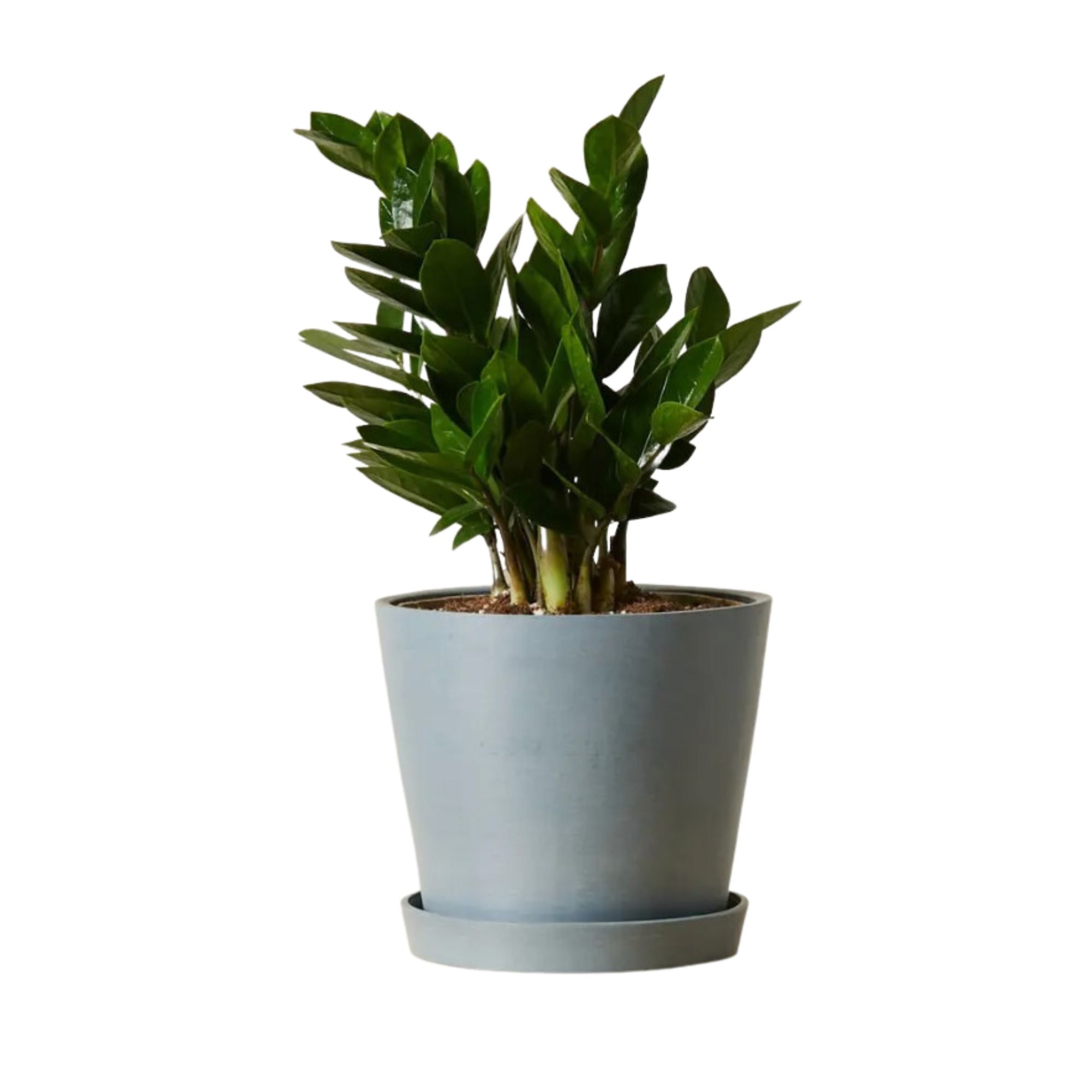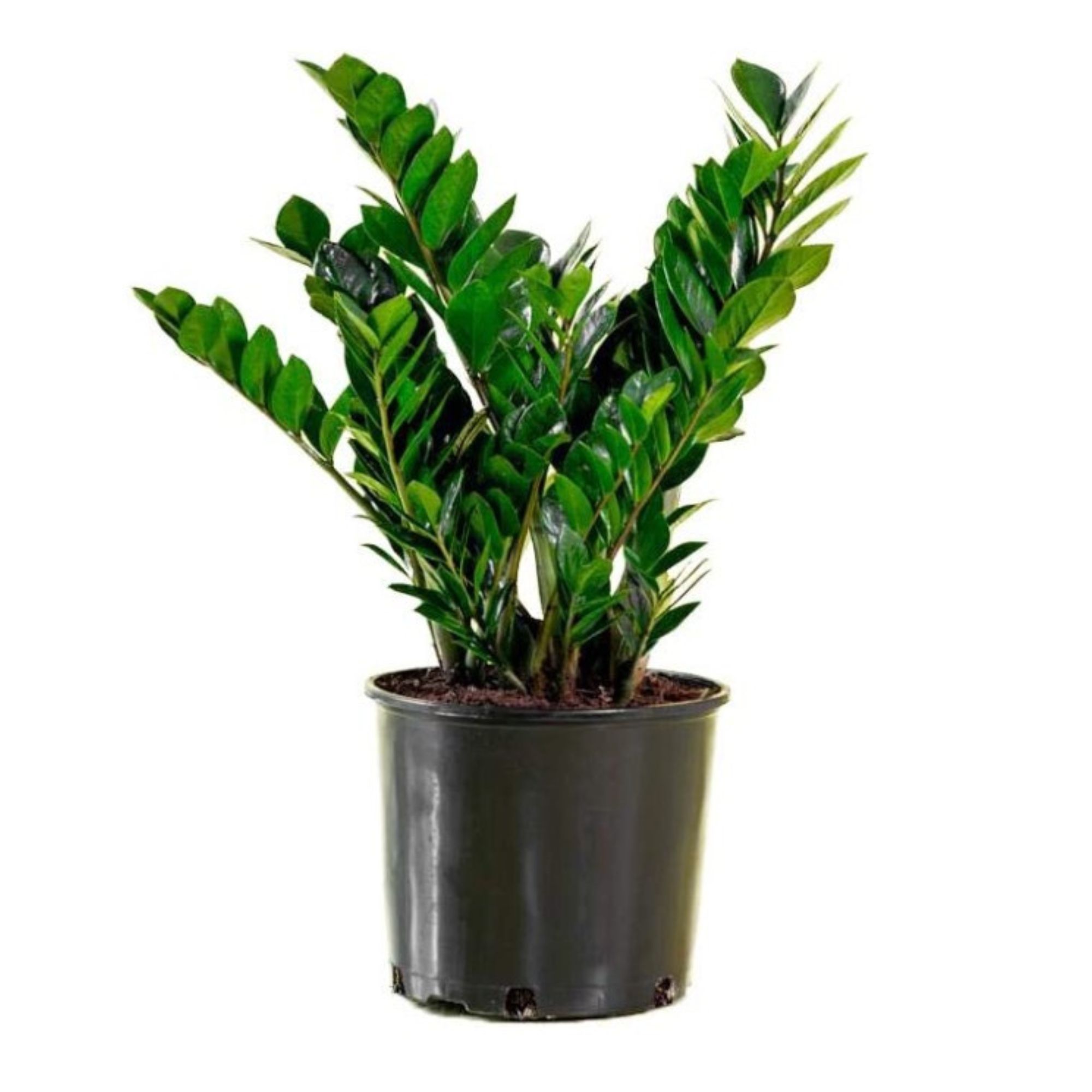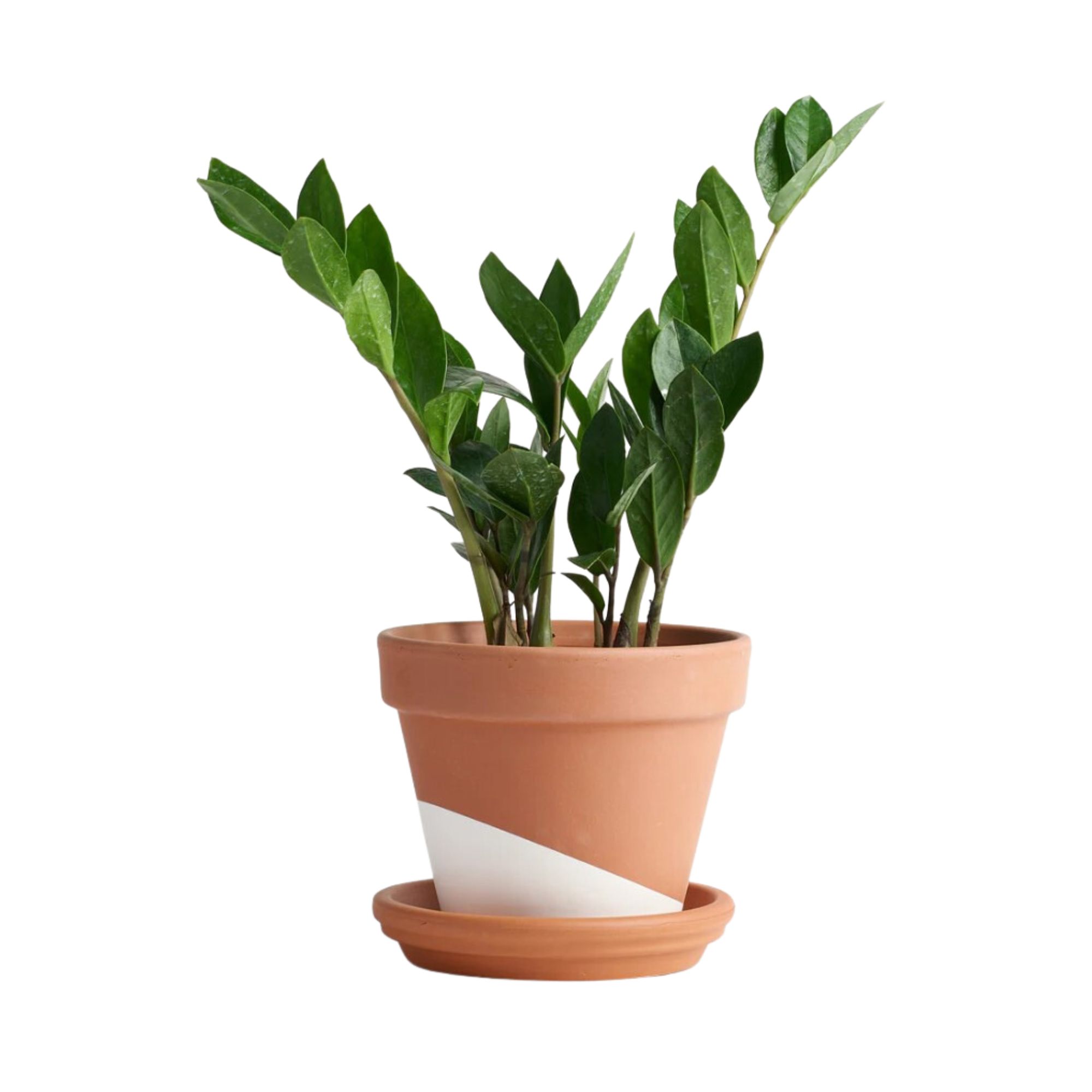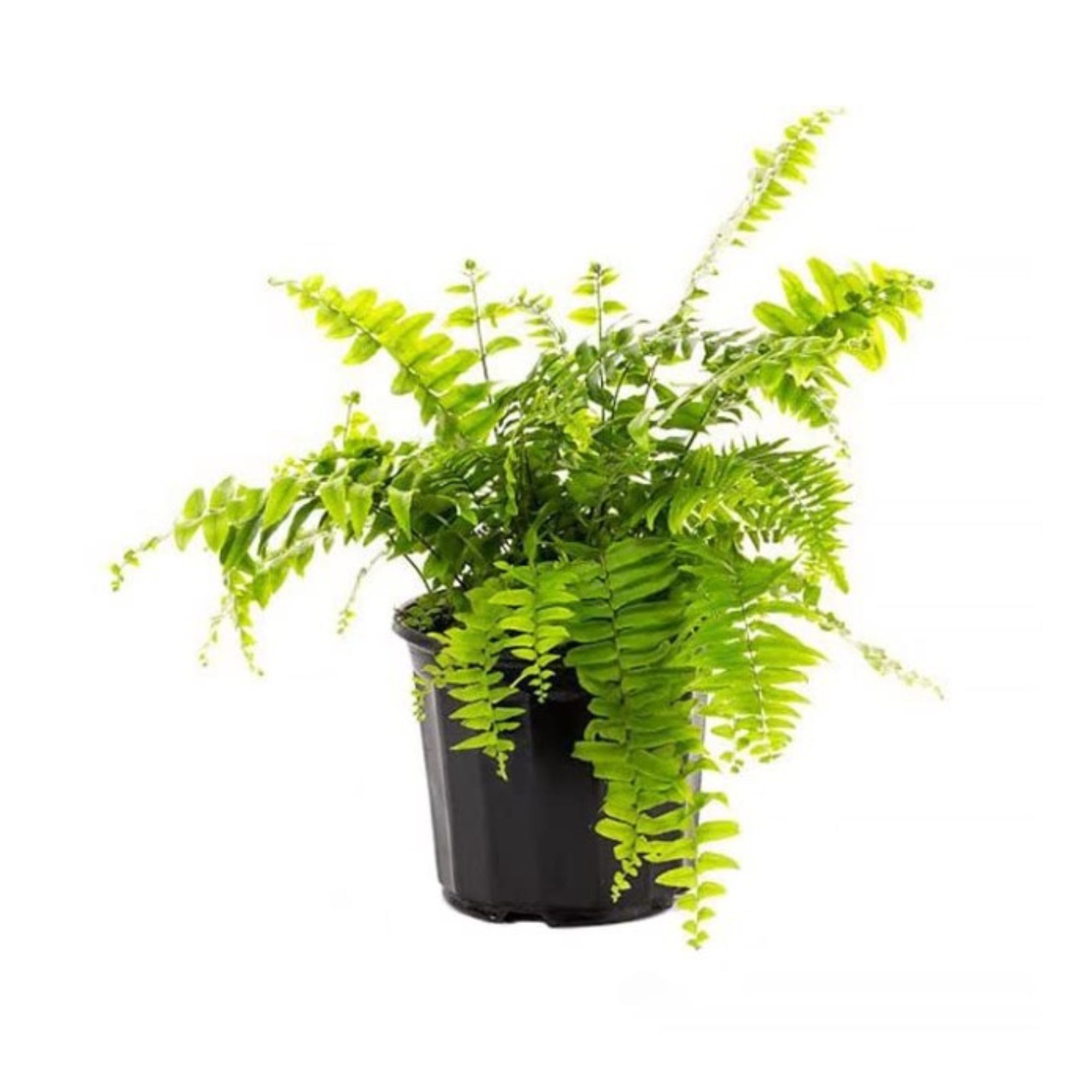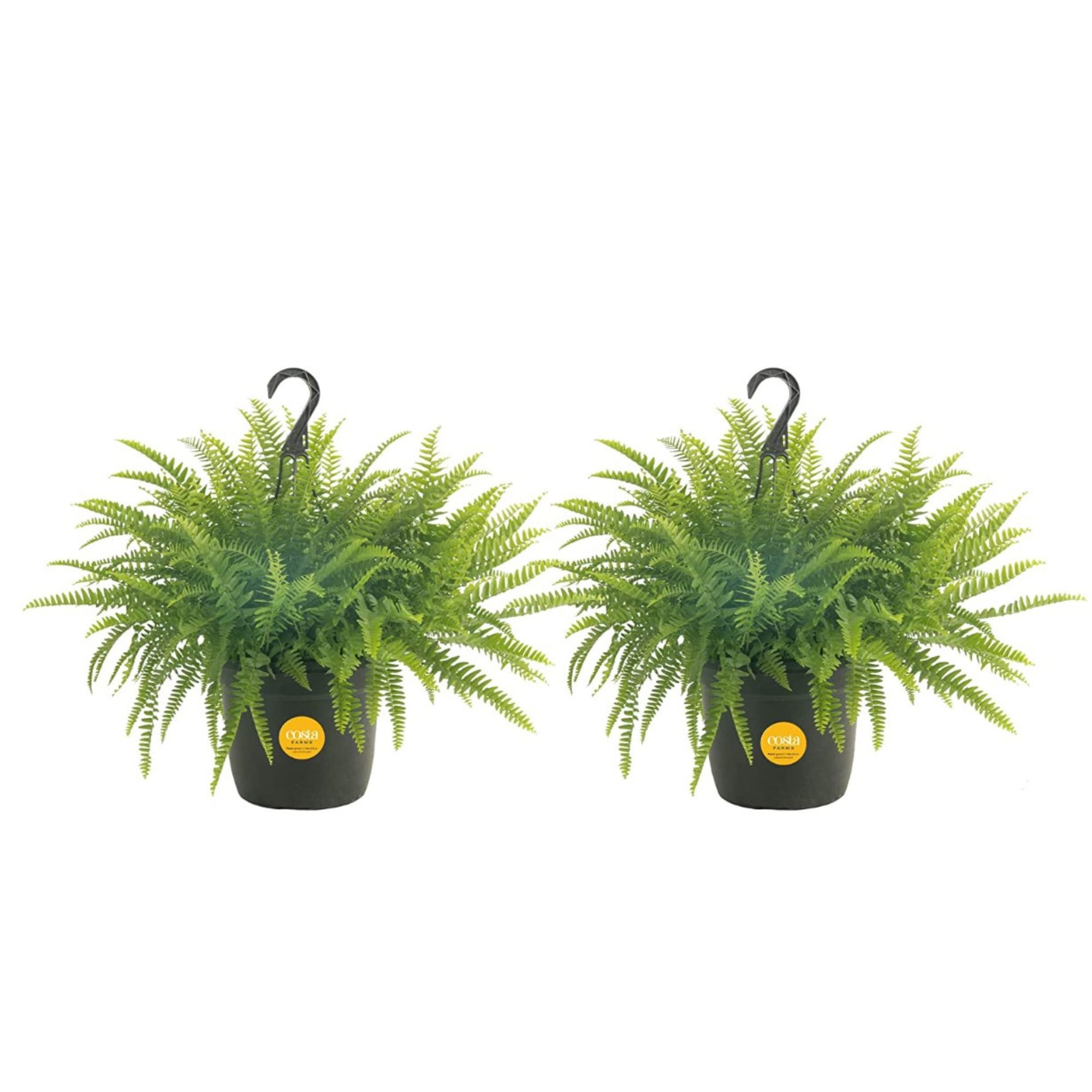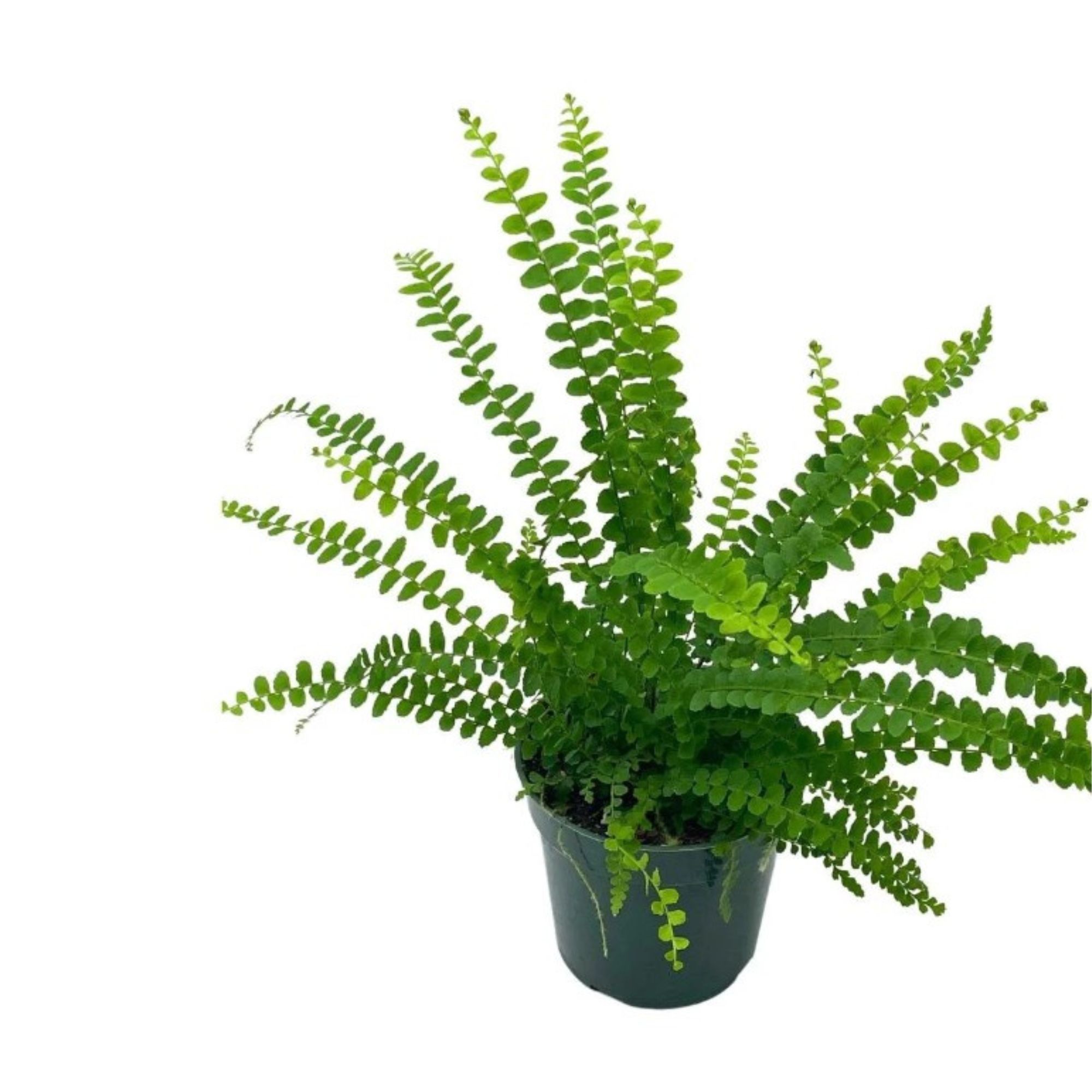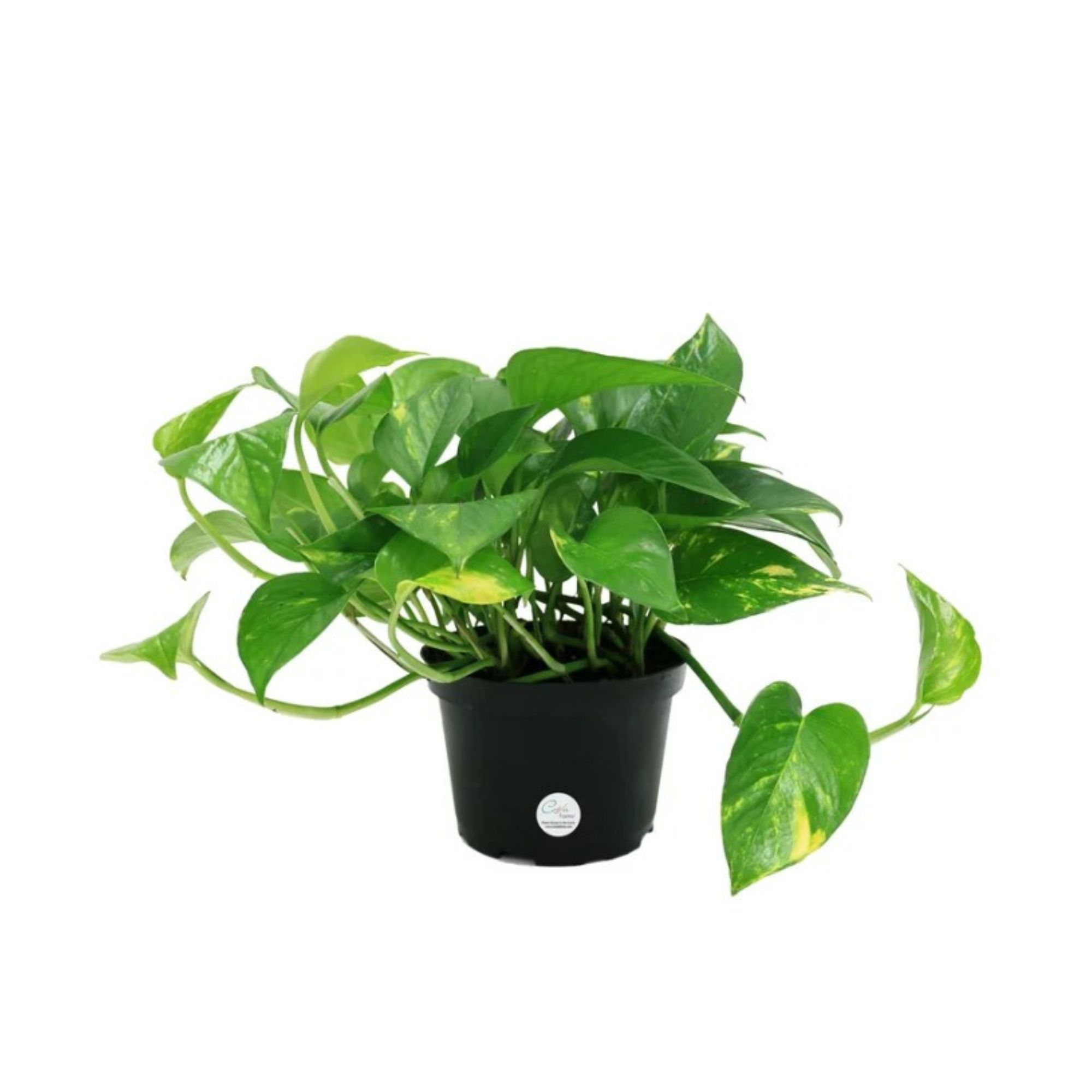These are the best air purifying plants to totally detox your home
Fresh AF 🌿

Camille Dubuis-Welch
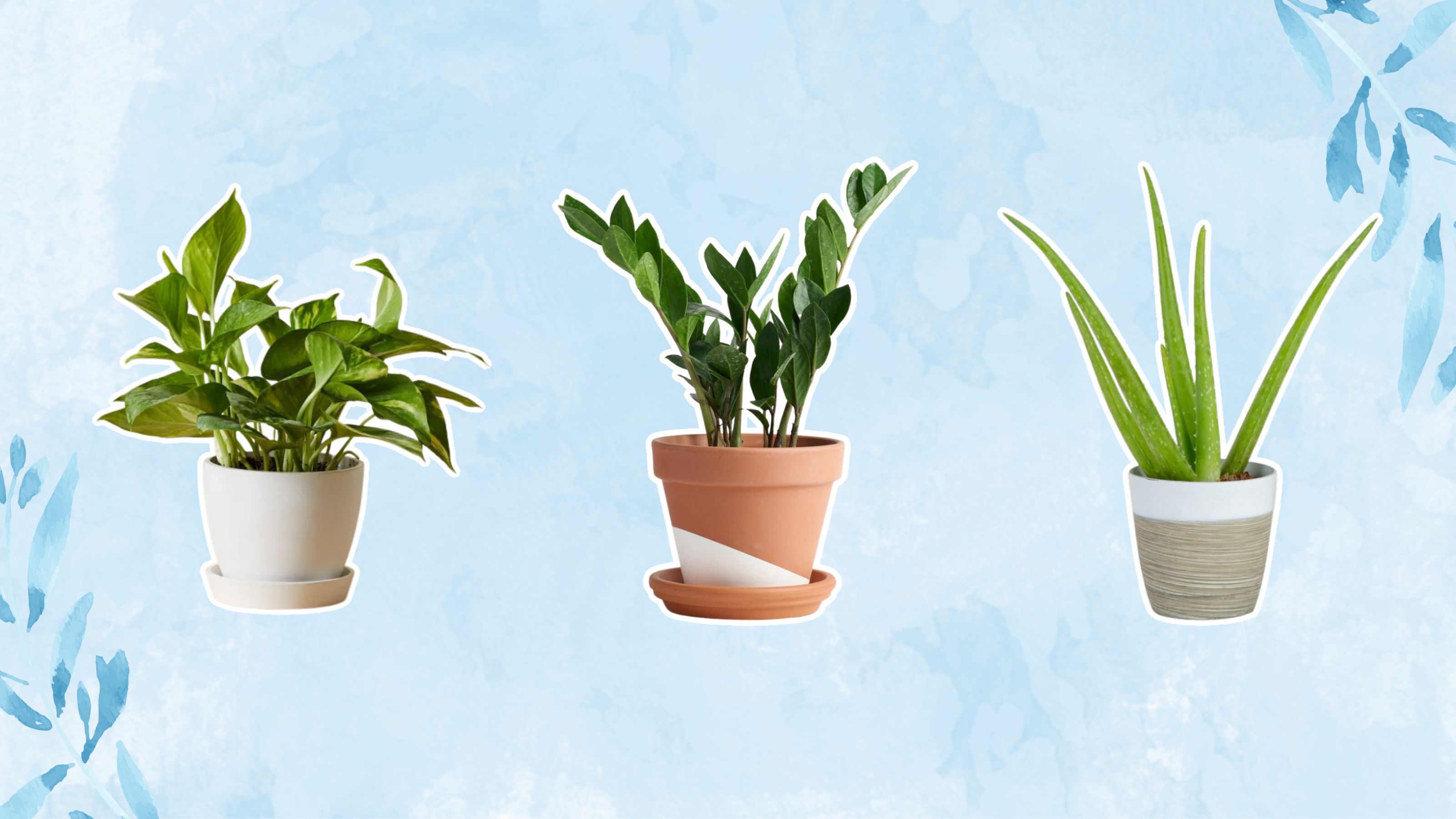
You know what makes a home happy? Making it healthy, bb. One of the best ways to do this is by freshening up the air. Sure, you may already have the best air purifier in town, but air purifying plants are also an easy AF way to cleanse the air and add design flair.
I know, I know. It would be lovely if the air in our home was pure and filtered. But sadly, that ain't the case. Whether you're living in an apartment in the big city or not, airborne pollutants, germs, and dust can be found everywhere. Ew.
Luckily, there are many air-purifying plants that can miraculously filter out toxins naturally for you. From lovely leafy plants right up to spiky sisters, there's a variety of different plants that are as useful as they are aesthetic.
Ready to garden in your apartment? Scroll on down for all the plant power...
10 air purifying plants that will make your place oh-so-fresh
Whether you want to detox your office, bedroom space or entire home, these are the best air purifying house plants to consider.
The prices below were correct at the time of publishing this article.
1. Spider plants
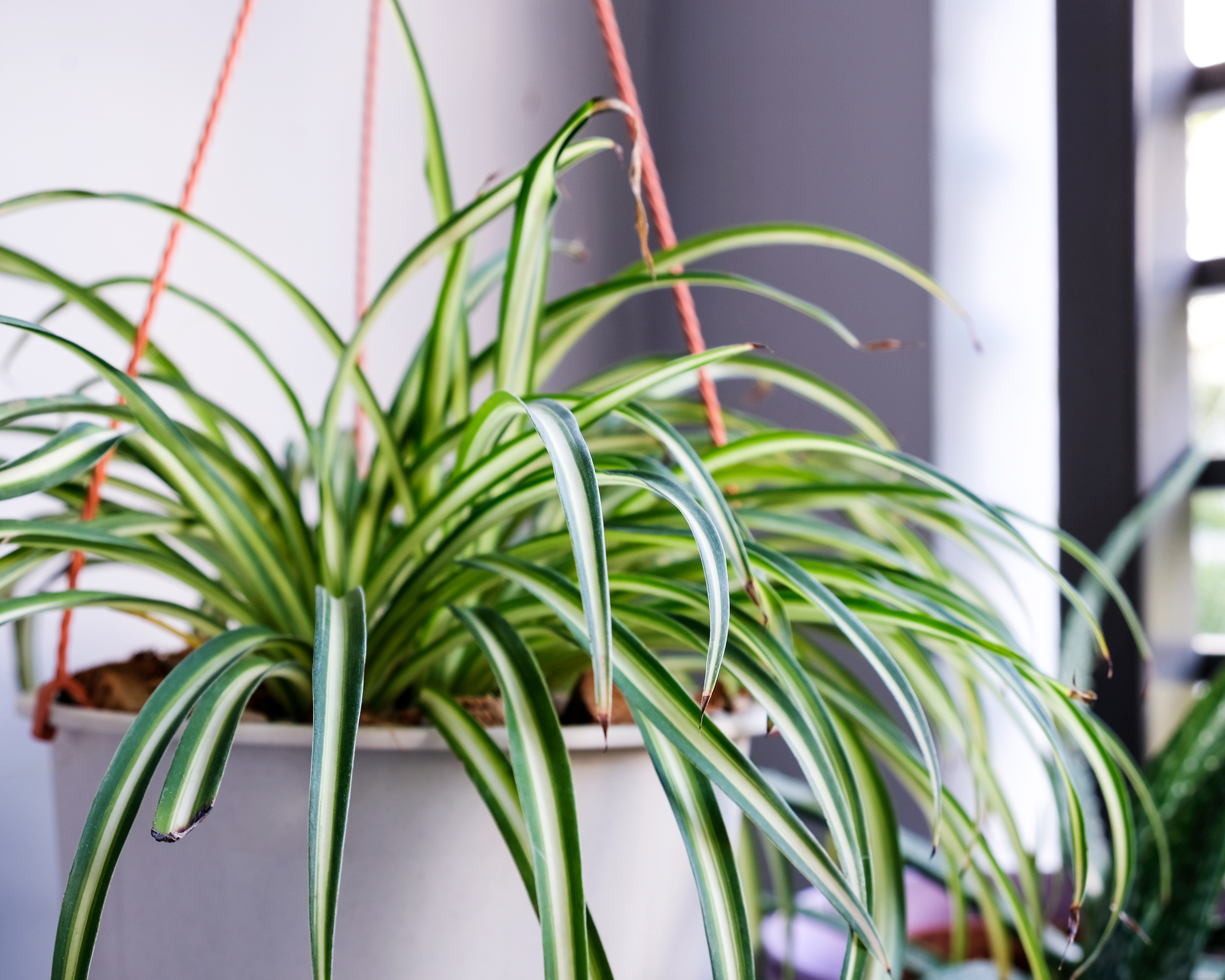
I hate spiders (sorry li'l guys!), but I absolutely love spider plants. They actually remove formaldehyde from the air, which is why they are the champs of all air-purifying plants. They also add instant texture to a space and only need regular watering, along with low/dappled light. My top tip? Group yours together for the best success poss.
2. Snake plants
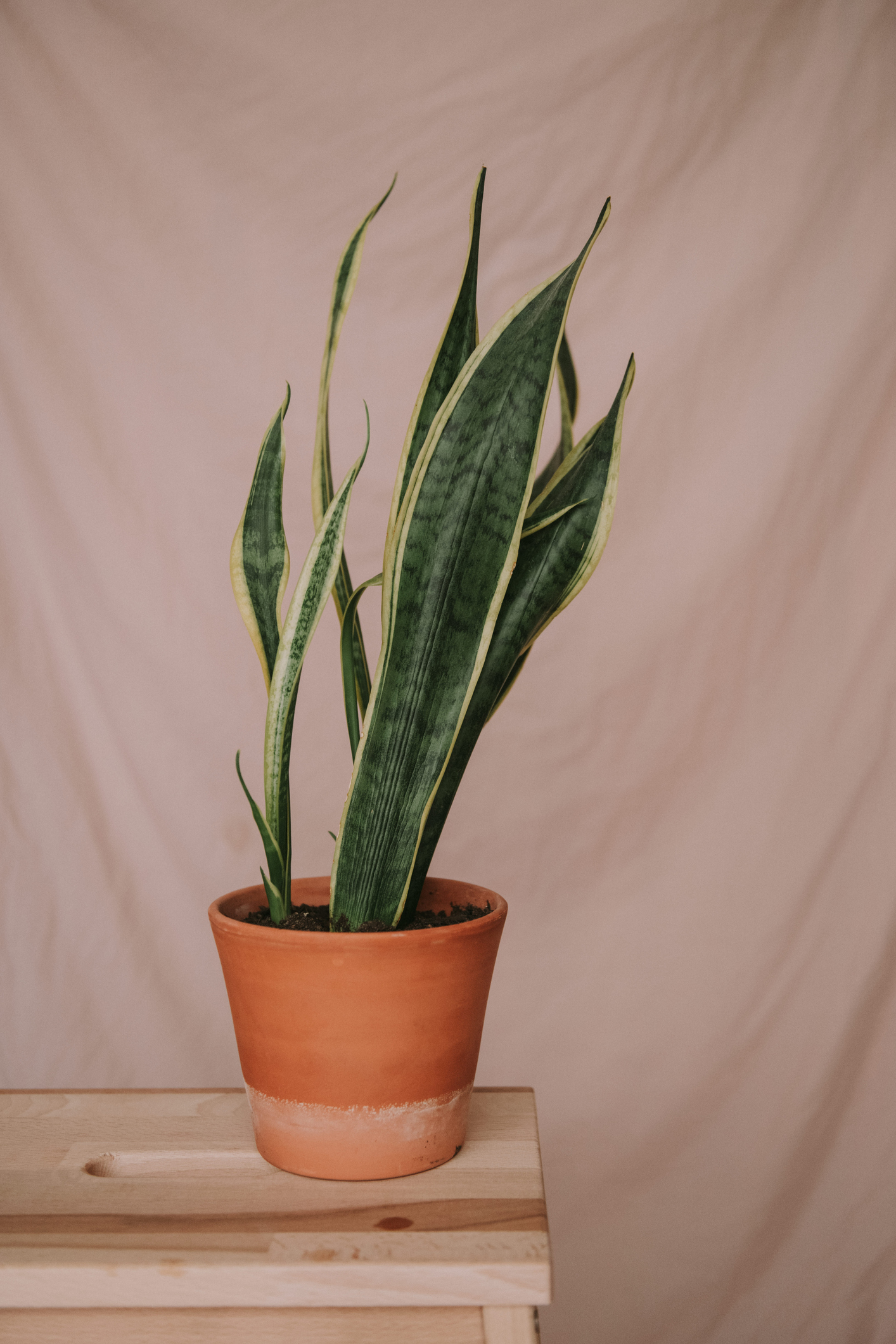
Snake plants work hard at looking great and removing toxins like formaldehyde and nitrogen oxides from the air. Slay snake plants, slay. They are especially good plants for bedrooms as they continue to release oxygen at night, which helps with getting a good night's sleep.
3. Aloe veras
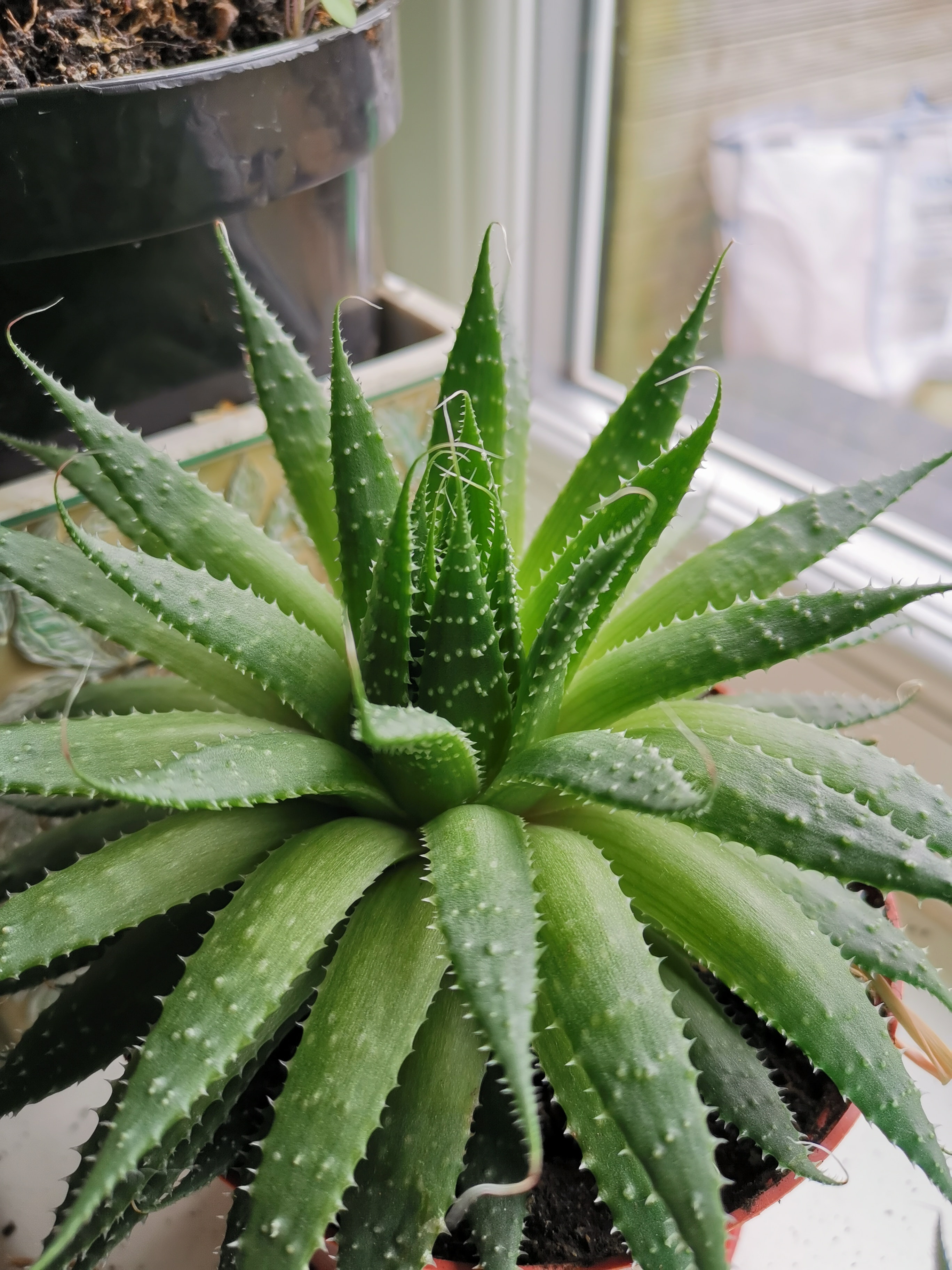
Aloe vera is totes amazing at skin healing, but it's also a super-efficient air purifier. Yas health queen, come through. While it works everywhere in the home, it's especially fab in the kitchen. "We often suggest placing an aloe vera plant in the kitchen to absorb formaldehyde, which can be found in dish soaps and detergents," says Nathan Raab, MD of Pointless Plants. It'll clean up those cleaning fumes real good.
4. Air plants
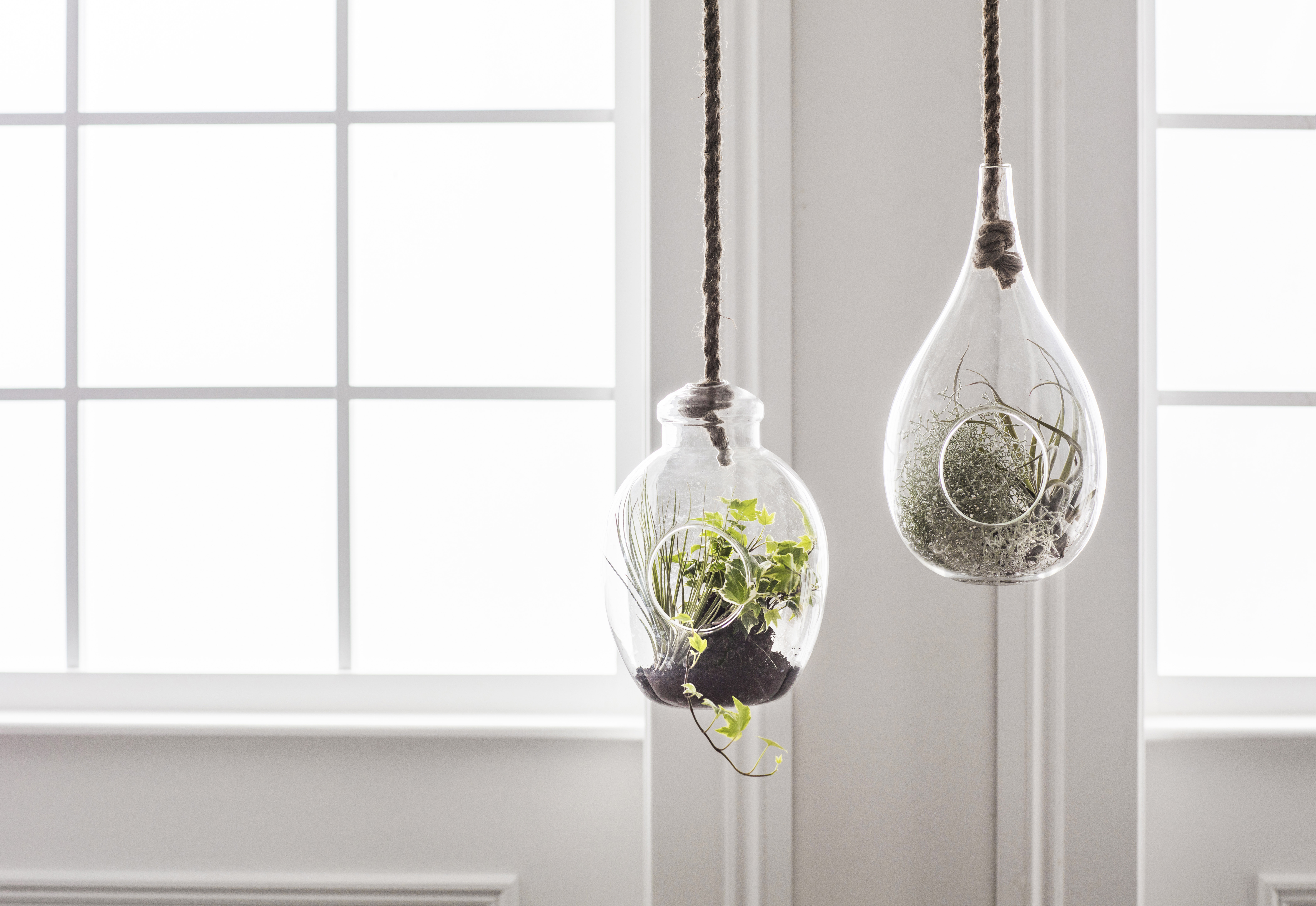
Native to Mexico and South Africa, there are more than 600 species of air plants, (which are also known as tillandsia FY)I. There have even been studies to prove their incredible air-purifying capabilities! Yay to science. "There was one where they placed an air plant next to a motorway in South America, and when they cut into the plant and studied its cells, they found it was absorbing a lot of roadside pollution," Raab tells me. "So, although not a very popular plant, it is definitely worth having one in your home." I think they're super sweet TBH, and can confirm that I've added them to my cart.
5. Parlor palms
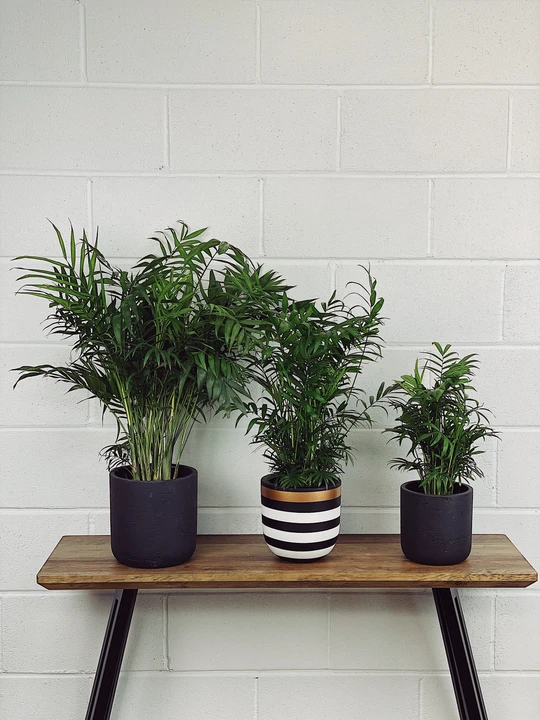
Looking for a plant with lots of volume that's easy to look after? Say hey to the parlor palm. It will grow almost anywhere in the home so long as it's out of direct sunlight, as well as surviving temperature fluctuations and a range of shade conditions. Plus, it only needs watering when the top couple of inches of soil have dried out too — lazy girlies, I see you. "Palms are also associated with victory, so they’re a great addition to any home office." Manifest that work success, bestie.
Get small space home decor ideas, celeb inspiration, DIY tips and more, straight to your inbox!
6. Peace lilies
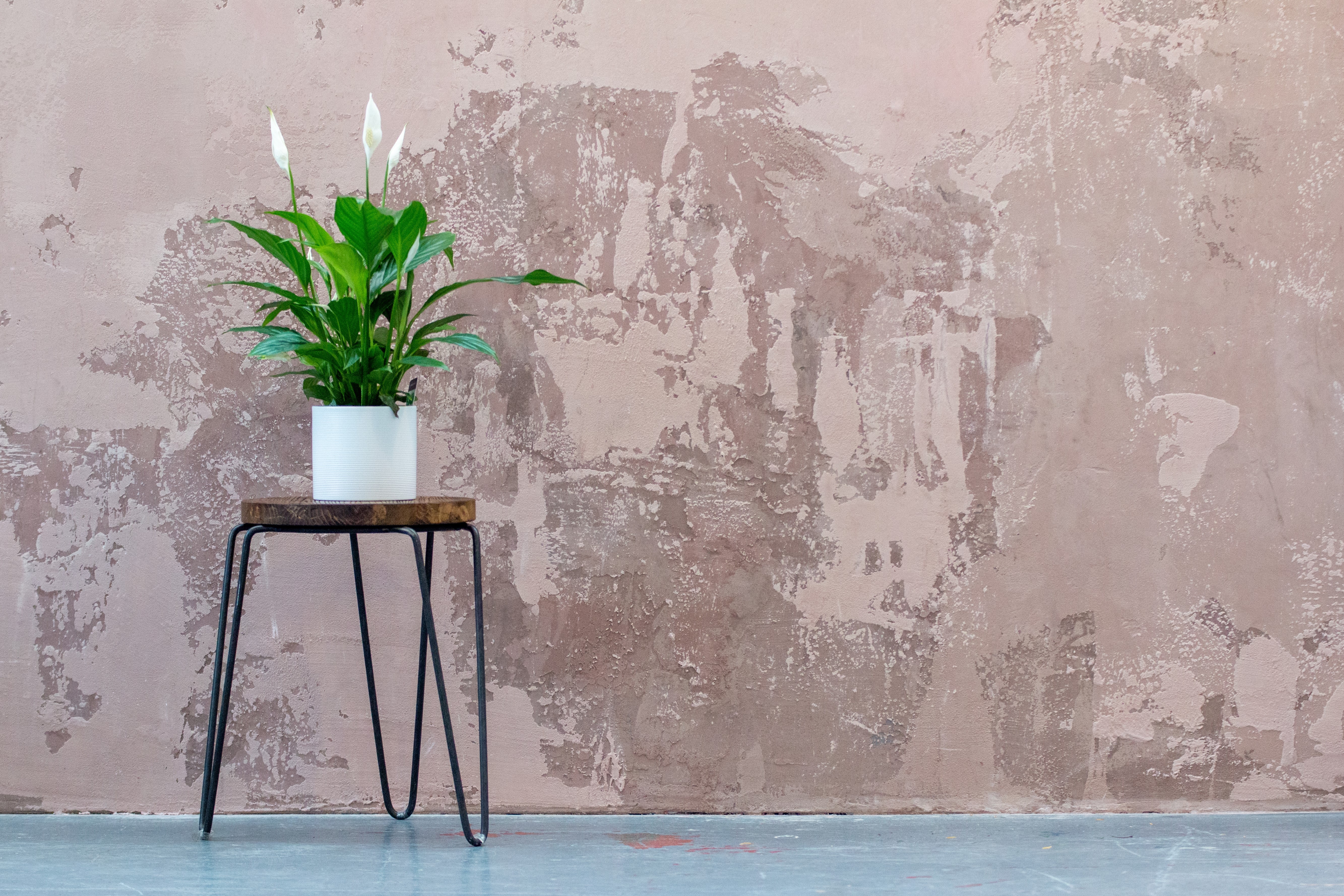
She's beauty, she's grace, she's the prettiest air purifying plant for your place. Peace lilies are great at purifying the air, are easy to care and are often complete with beautiful white flowers too. "A NASA study found that the peace lily was one of the best plants when it came to purifying the air because of its ability to break down and neutralize toxic gases," says Raab. Note this stunning plant is actually toxic to pets, so if you're decorating with a pet at home, you may want to stay away.
7. Kentia palms
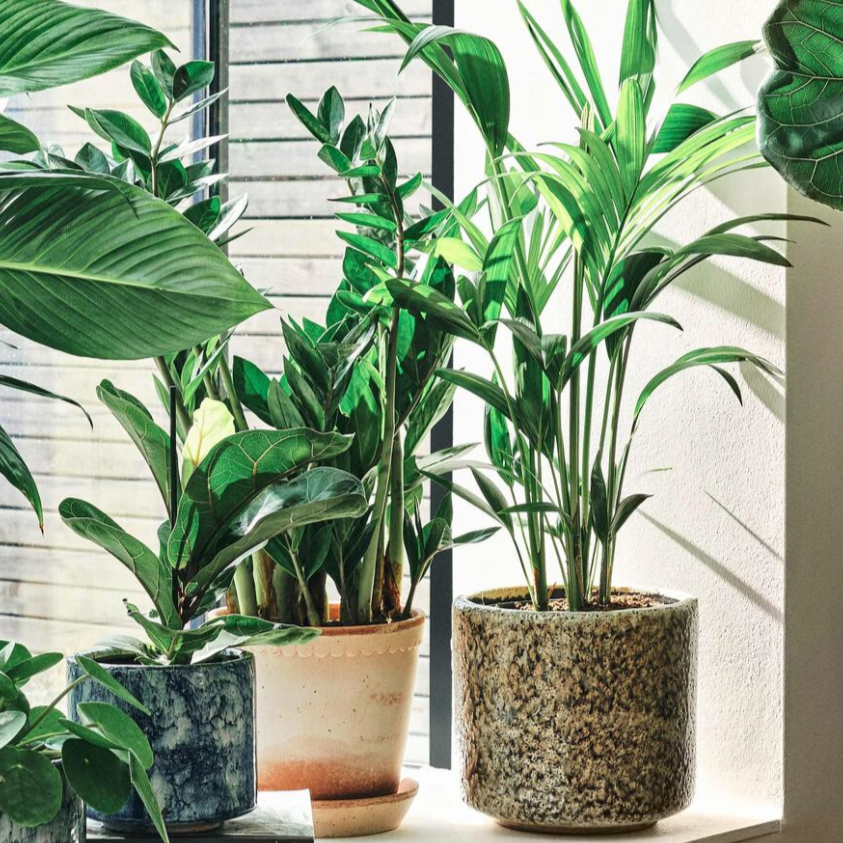
Turn your small apartment into a tropical paradise with this gorgeous, leafy plant. Said to remove formaldehyde particulates from the air, kentia palms are brilliant at detoxing a space and are easy to grow too. Keep yours in light conditions (though they are tolerant of shade) and be careful to not overwater it either.
8. Zz plants
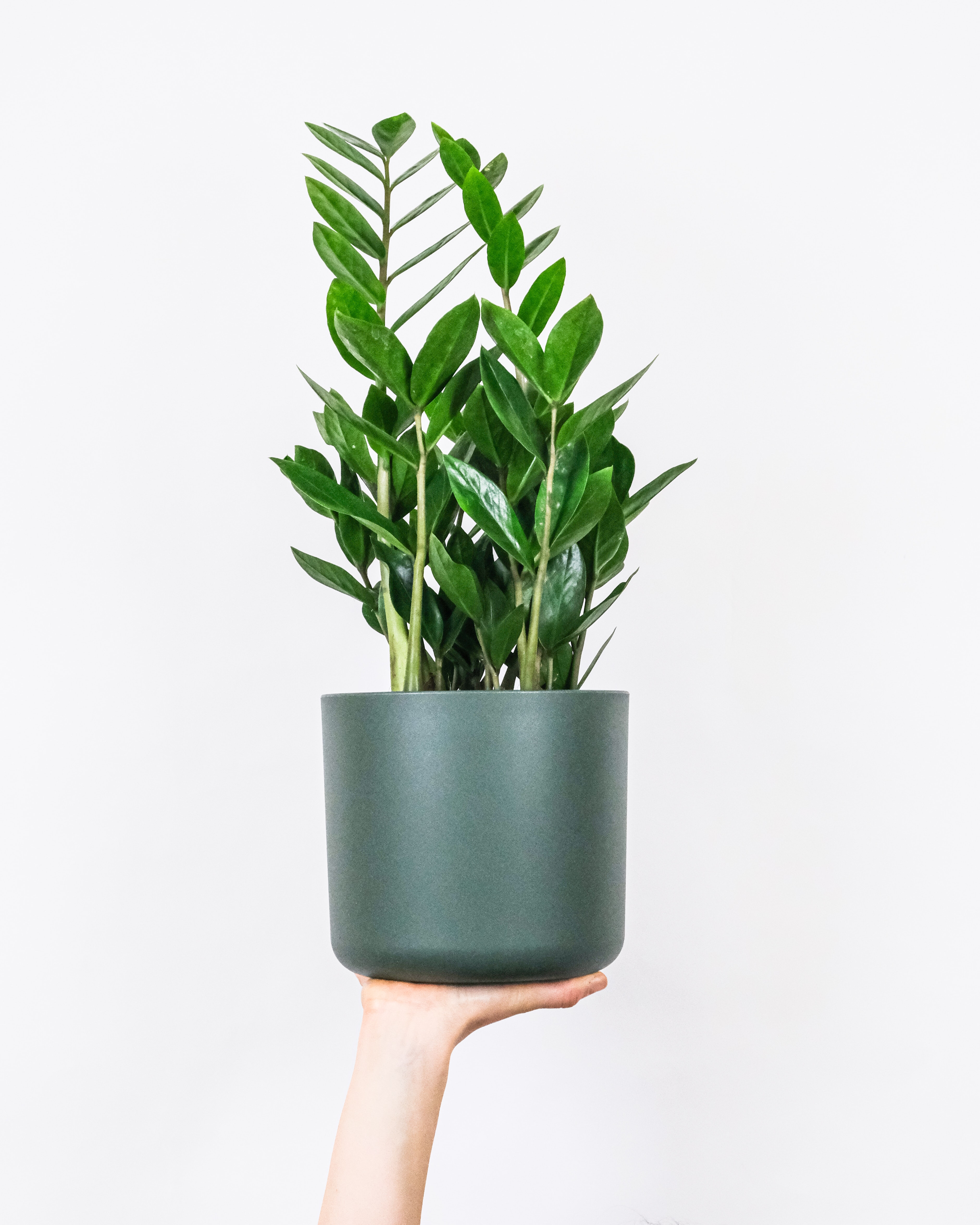
Easily identifiable by their wand-like shape and oval leaves, ZZ plants are totally decorative and make mighty air purifiers too. "It is specifically adept at removing toxins like benzene, toluene, and xylene from the air," Raab says. "The plant is however poisonous, so not the best choice if you’ve got pets or kids at home." Basically, if you do grab one, don't even think about munching on those leaves.
9. Boston ferns

Also known as sword ferns, Bostons are supposedly incredible at removing pollutants from the air. Oh, and who doesn't need a little more texture in their life, am I right? These guys love humidity, making them some of the best bathroom plants too. Raab explains: "They’re especially good at removing formaldehyde — a toxin generated by smoking, certain cosmetics and household adhesives." He also says that if you’re suffering from symptoms like dry skin, dry noses, or sore throats, a Boston fern could help you out with these too.
10. Devil's ivys
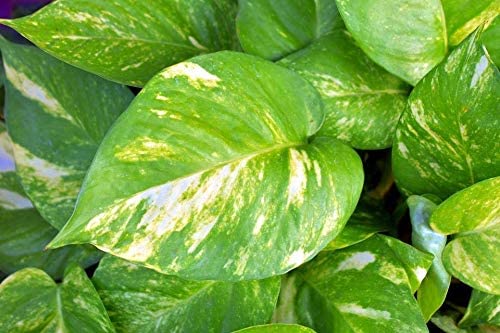
Also known as pothos, devil's ivy is super popular and very undemanding. I've had mine for five years and it's very forgiving of her being a bad plant mom. As well as this, it cleverly removes household toxins like xylene, benzene, formaldehyde, and trichloroethylene. Devil's ivy? More like angel's ivy? Am I right?... guys?
FAQs
How do air purifying plants work?
OK, here comes the science part. "Plants purify the air through photosynthesis," explains Raab. "Just as they will absorb carbon dioxide from the air and convert it into oxygen, plants are also absorbing common household chemicals like formaldehyde and benzene." So clever.
Are there any plants that give off oxygen for 24 hours?
Some people worry about whether plants that give off oxygen are damaging or bad for your health. We checked with Raab and luckily, there's no reason to get stressy. "It’s a common misconception that having plants in the bedroom is bad for you due to the release of carbon monoxide, but you’d have to have at least 500+ plants in your bedroom for this to make any kind of difference," he says.
"The snake plant and areca palm release oxygen at night, and are very commonly sold as bedroom plants as they can increase the levels of oxygen in your room helping you sleep better." So, if anything, plants releasing oxygen can be real good for you.

Hi there! I’m the former content editor at Real Homes and I'm now a freelance journalist.. I've been a lifestyle journalist for over five years, previously working as an editor across regional magazines. Before this, I graduated from Nottingham Trent University a degree in journalism, along with an NCTJ gold diploma. For Real Homes, I specialized in interior design, trends and finding the best viral buys.
- Camille Dubuis-WelchFormer Deputy Editor
